In November of 2017, 1C Game Studios announced that their next title in the IL-2: Great Battles Series would be IL-2: Battle of Bodenplatte. This western front themed expansion to the IL-2 series is the first of this third generation of the series to move away from the eastern front and instead tackle the late war western front. Battle of Bodenplatte introduces legendary aircraft and the new Rhineland map that should pique the interest of a wide variety of warbird sim fans. It introduces some very familiar aircraft, new features, and plenty of refinements to the IL-2 formula. With all the new content, new features, and refinements to the IL-2 formula, how does this title stack up against other editions of IL-2 and how much further does it push the series? Find out in my full review of IL-2: Battle of Bodenplatte!
IL-2 Great Battles Series Overview

For anyone new to the IL-2: Great Battles Series, there might be some explanation required to understand the last 6-years of development. Let’s start with a brief history and primer on what Great Battles is all about.
There have been three generations of the IL-2 series starting with IL-2: Sturmovik back in 2001. The most recent generation was first released in October of 2014 in the form of IL-2: Battle of Stalingrad. That has been followed up by multiple releases in the intervening years with the IL-2: Great Battles Series name acting like an umbrella under which multiple titles exist and are compatible with. These titles currently are:
- IL-2: Battle of Stalingrad
- IL-2: Battle of Moscow
- IL-2: Battle of Kuban
- IL-2: Battle of Bodenplatte
- Flying Circus Vol 1
- Tank Crew – Clash at Prokhorovka
Each title is fully featured with its own aircraft (or tanks), quick and full mission builder as well as compatible multiplayer and all but Flying Circus and Tank Crew have a single player career mode. If you buy on the IL-2 website, you can purchase any title individually in any order that you wish. If you purchase through Steam, you must buy IL-2: Battle of Stalingrad as the “base” game before purchasing other titles.
All of titles in the series share the same core and are running on the latest version of the game no matter which one you buy. This is an incredible strength for the series as everyone benefits from the latest development improvements. As much as this review is of IL-2: Battle of Bodenplatte, it is also reviewing the state of the IL-2: Great Battles Series on the whole.
Multiplayer compatibility is maintained between the entire series and you can fly on any map in the series in a multiplayer server. There is only one caveat to this – you must own at least one aircraft to fly the scenario as set up by the server operator. Most server operators attempt to offer a wide enough variety of aircraft to accommodate most players or cater to specific groups which can make things easy to get into once you find the right server.
The great thing about the series is that old titles are never truly old, and every title has been upgraded along with the rest of the series as the core of the simulation evolves. Improved graphics, a revamped Career mode, AI, flight models, quadrupled render distances, 4K textures as well as major engine upgrades such as VR support and 64bit memory management have all been added since the first release in 2014.
The IL-2 series will also continue on after the release of IL-2: Battle of Bodenplatte as the next title in the series has been announced – IL-2: Battle of Normandy. This follow-up title will be the second western front themed title for the series and that will have some potential positive implications down the road with more aircraft being applicable for both titles.
That’s a little about the overall series so now let’s have a look at IL-2: Battle of Bodenplatte specifically!
Included in Battle of Bodenplatte

IL-2: Battle of Bodenplatte comes with a variety of single player content including quick missions, a Career mode which can generate endless variations of single player missions (more on that below), the Rhineland map with four seasonal variations, and 8 standard aircraft. The standard aircraft included are the following:
- Spitfire Mk IXe
- Tempest Mk V (Series 2)
- P-47D-28
- P-51D-15
- Bf109G-14
- Bf109K-4
- Fw190A-8
- Me262a
Bodenplatte’s Collector Aircraft that come bundled with the Premium package are the:
- P-38J-25
- Fw190D-9
These bundled aircraft can also be purchased separately either through the Steam Store or on the IL-2 Sturmovik website.
System requirements and experiences
IL-2: Battle of Bodenplatte system requirements are the same requirements that have been in place for past titles and require a mid range PC for the basic experience. Higher end specs than those listed below will be needed for the highest detail levels or flying on a 4K resolution monitor or with VR.
- OS: 64-bit Windows® 7 (SP1) / Windows® 8 / Windows® 10
- CPU: Intel® Core™ i5/i7 2.8 GHz
- GPU: GeForce GTX 660/Radeon HD 7770 with 2GB VRAM or better
- DirectX: Version 11
- RAM: 4 Gb+
- Sound Card: DirectX®-compatible
- Storage space: 23 Gb+
- Internet connection: 256Kb/s for single-player career, 1Mb/s and faster for multi-player
- DirectX® compatible flight stick is recommended
My experience with the title has been that it is no more demanding than IL-2: Battle of Kuban though some have reported slight performance issues on the Rhineland map. This may be on account of the increased object count, however, these problems are few and far between in my experience.
My Core i5 6600, 16gb of DDR4 RAM, and GTX 1070ti (8GB VRAM) GPU are able to run IL-2 on ultra settings with most features turned up to the maximum with no problems at 1080p. Punch it up to 4K or throw in a VR headset and you may need a bit more power to get consistently high frame rates at the same detail levels.
A joystick is not a required piece of hardware as there is an available mouse control system. That statement is technically true, however, the far superior flight simulator experience includes flying with a joystick and IL-2: Battle of Bodenplatte has support for a wide variety of hardware options from the cheapest to the most expensive setups.
If you’re new to flight simulation or just getting back into it and want advice on hardware, I have reviewed several pieces over the last couple of years that might prove helpful to you.
What is the “Battle of Bodenplatte”?
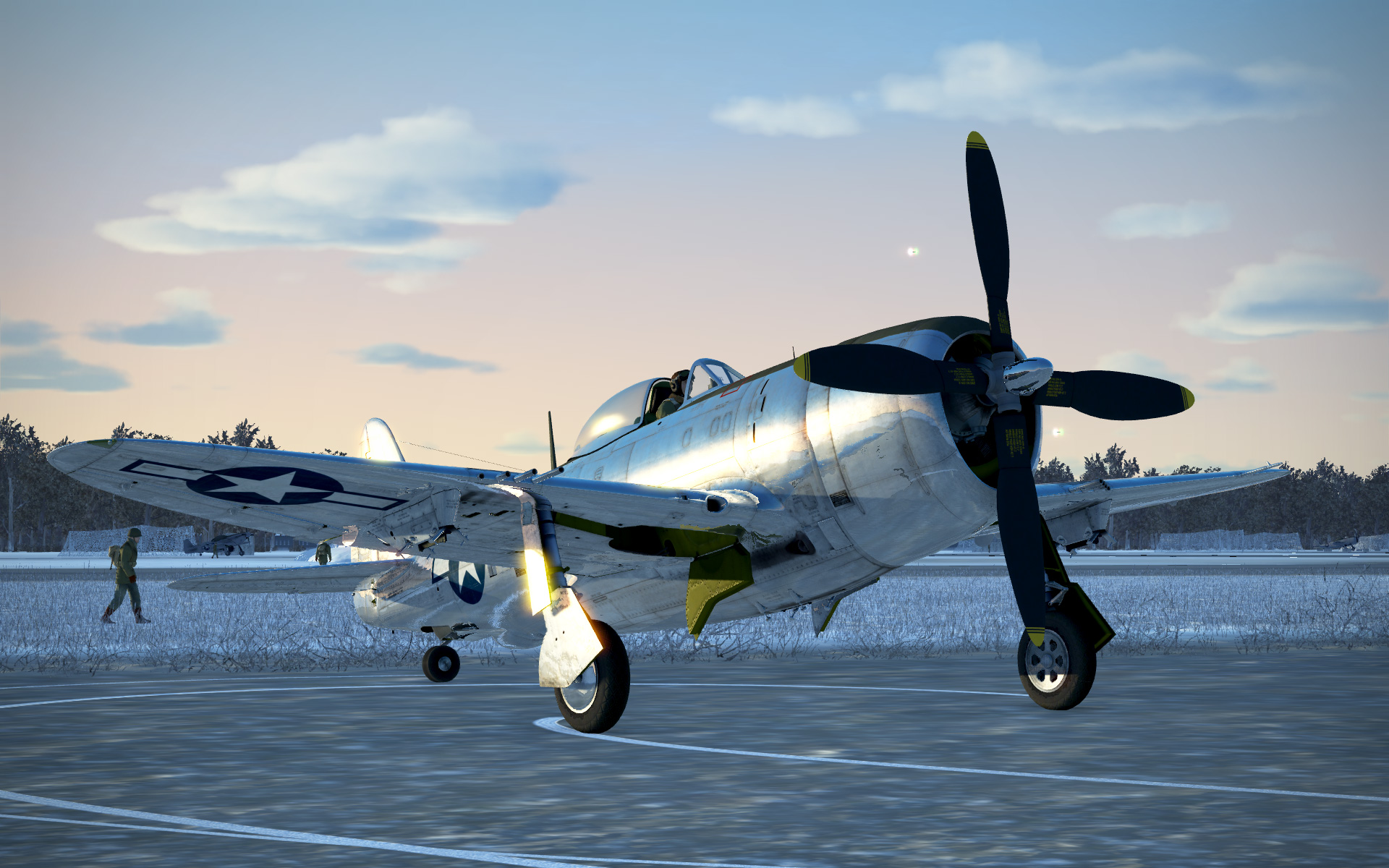
Bodenplatte was a Luftwaffe operation rather than a battle. Operation Bodenplatte or “Baseplate” was a plan concocted during the last few months of 1944 and aimed squarely at the air forces of the western allies.
After weeks of delays due to weather, Operation Bodenplatte was launched on January 1st of 1945 and it was intended to wrest air superiority from the Allies while supporting the Battle of the Bulge western counter offensive. Planners settled on New Year’s Day where the element of surprise was meant to strike a hammer blow against Allied aircraft operating in Europe. Intending to catch Allied aircraft on the ground, the operation achieved only partial surprise and caused serious damage to several allied airfields but wasn’t able to deal the kind of damage that was needed.
Allied losses from the operation were quickly replenished while Luftwaffe losses in terms of aircraft and pilots was crippling. Following Operation Bodenplatte, the Luftwaffe was never able to operate at the strength required to stop the Allied advance, however, it did continue to make its presence felt through March and early April of 1945.
1C Game Studios and Lead Producer Jason Williams decided to keep the “Battle of” moniker to make it consistent with the rest of the IL-2 series and that consistency works for me. The Bodenplatte operation is a focal point for the whole title though the content covers a far wider range of operations than just January 1st, 1945.
Newbie friendliness?
Flight simulators are a niche part of the gaming world and they often struggle to bring in new players and I wanted to attempt to address part of this review to potentially new members of the community as I work my way through the latest title in the series.
IL-2: Battle of Bodenplatte and the whole of the IL-2 series offer customizable difficulty levels that make it possible for you to play the way you want to play. To start, IL-2 offers a mouse driven flight option which allows you to pilot the aircraft without a joystick. While I feel that this isn’t the ideal experience (see my note earlier in the review about hardware reviews), it does let you get accustomed to the sim and opens up the option for flying with a joystick later.
Multiple aids can also help you get going with the sim letting you gradually get into the series. For example, icons can be used to display enemy and friendly aircraft and ground targets with red or blue dots (even this is adjustable with red for Allied and blue for Axis or red for enemy and blue for friendly). A simplified engine management mode makes managing the aircraft engine easy. Just push the throttle to 100% and it will throttle back when you’re overdoing it automatically – no harm done. Aiming guides can help you put your guns on the target or drop bombs on precisely the right point. You can also customize your experience with unlimited ammunition or invulnerability.
These settings let new or more casual players enjoy what is otherwise a reasonably hardcore flight simulator and are all aimed at helping newer players out. While veteran players tend to eschew these kinds of features – they remain intensely valuable to some virtual pilots when they are getting started.
The only downside I can point to here is that IL-2 is still a serious flight sim and that means that eventually a new player will come across the need to consult a tutorial at some point. There are no interactive tutorials in the sim so you’ll need to rely on other sources. The IL-2 community has generated plenty of tutorial options such as Requiem’s Air Combat Tutorial Library and Chuck’s Guide to IL-2 both which offer plenty of details on how to get started as well as the ins and outs of various aircraft. Even more tutorials can be found on a variety of channels on YouTube as well covering tactics and aircraft overviews.
IL-2 can be a good experience for a new flight sim pilot though the learning curve of course will be steep. Between available YouTube tutorials and a generally helpful community, most new players overcome their initial questions and start having fun fairly quickly in my experience.
The Rhineland map
IL-2: Battle of Bodneplatte’s map is one of the biggest of the series and covers a large chunk of western Germany in the Rhineland region as well as Belgium and the Netherlands. It includes famous European cities such as Frankfurt, Cologne, Amsterdam and Brussels. For World War II history buffs, you may also recognize some other notable locations on the map including Remagen and the Ludendorf bridge, Bastonge, Arnhem and Eindhoven to name just a few.
While the map does feature these famous places, the developers had to make a concerted effort to find a balance between depicting a dense array of urban areas and ensuring that performance stays high. Some notable landmarks in most of these places have been modeled but IL-2 isn’t mean to be a sim that focuses specifically on its scenery as you might find in a civilian flight sim. Instead, the developers have placed a priority on just enough key landmarks that help make you feel like you’re there.
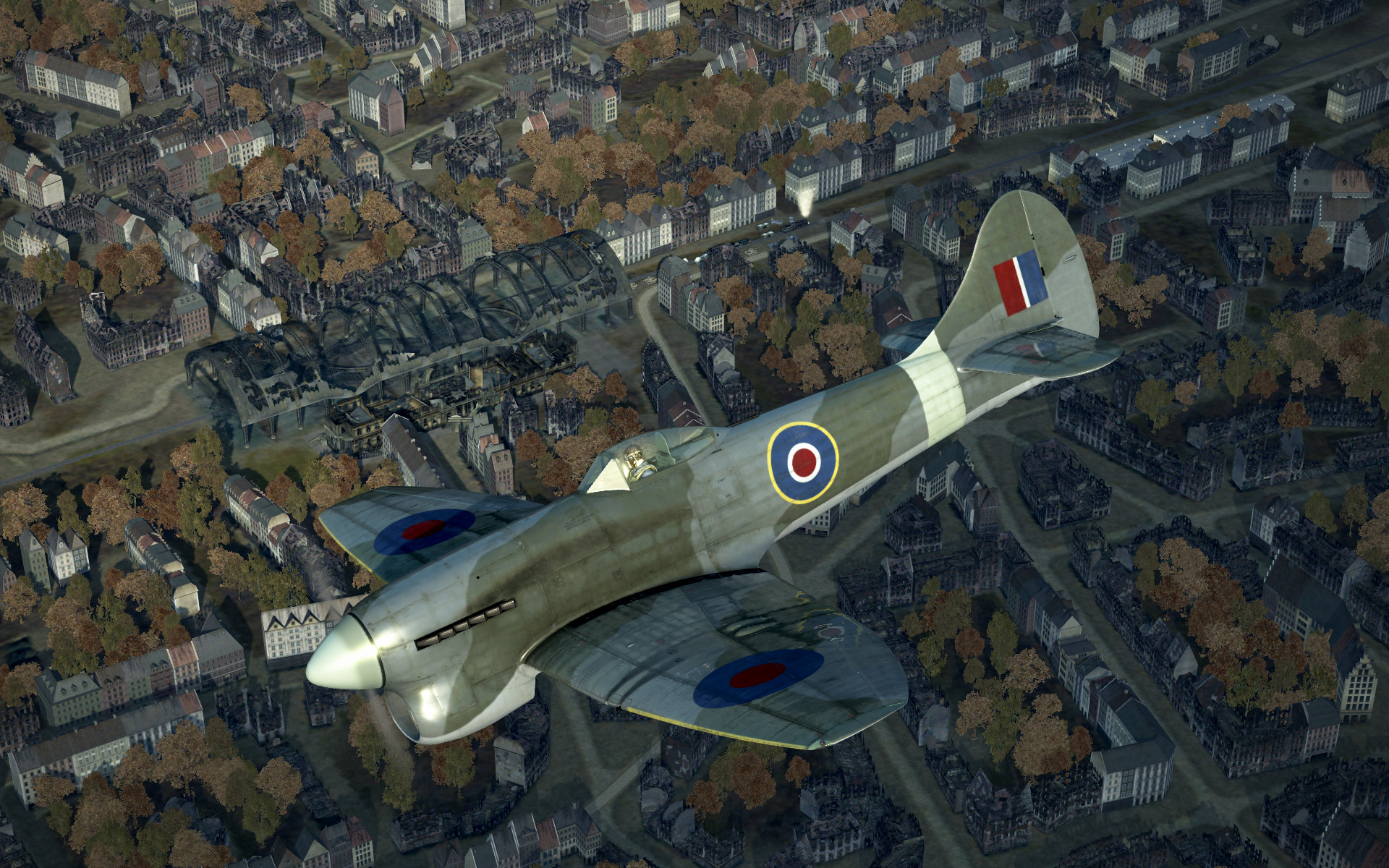
New to the series are a level of dense urban area that we just haven’t seen in the series previously.
These are believable urban areas with a logical layout and with enough variations in buildings and types of structures to make everything look convincing while skimming the building tops. 1CGS placed special emphasis on improving their technology to ensure that they were able to build multiple dense urban areas and I feel that they have succeeded. These urban areas do have damage detailing available as well which add to the overall atmosphere of a war-torn western Europe.
After the brilliant work that the 1CGS map team did with the Kuban region, following that up was always going to be a tough act to follow. While the Rhineland map is very good, it does have a few weak spots.
All maps in the IL-2 series use repeating tiles but for some reason they seem more obvious here than on other maps. There are also some areas of the map that feel a little sparse given the densely inhabited nature of the Rhineland region. No doubt both of these are concessions made for performance reasons and that may be why the map seems to perform as well as it does despite the already impressive object count inside cities.
While the Rhineland map doesn’t have the beautiful mountain ranges of Kuban, it still does have some notable relief features to the map and you’ll find areas particularly to the south east that have some beautiful winding rivers cut deep into some valleys and they are some of my favourite areas to fly through.
The airbases are another excellent feature of the Rhineland map. All but a handful are recreations of the real bases down to the orientation and type of surface used. There’s a surprising amount of variation and just like previous releases of IL-2, this kind of detail gives each airbase its own character feeling familiar yet different than others.
One of my favourite features is that the map comes with all four seasons. This allows the campaign to span from September 17th, 1944 through to April 1st of 1945 with the appropriate summer, autumn, winter and spring scenery are all included in the experience. This is a nice reminder of the progression through the campaign by adding visual cues to the experience.
Graphics improvements
The Digital Warfare engine that IL-2: Great Battles Series runs on has been upgraded multiple times over the years. Over the course of the development of IL-2: Battle of Bodenplatte we have seen a few more tweaks to the graphics.
To start, all of the aircraft released in the title feature 4K textures which look sharp and highly detailed. You can read the labels right off the sides of these aircraft which is very impressive.
A new type of skin material was added early in development bringing a very convincing metal reflective look to aircraft which is some of the best that I’ve seen for this kind of bare metal look. These are of course intended primarily for the trio of American fighters in the series which were typically unpainted or painted silver during this point in the war.

The developers have also improved distance rendering for objects such as buildings, ships, and even aircraft which helps make those far off cities on the horizon come into view more quickly and aids in spotting enemy aircraft at realistic distances. The distances are impressive and it adds not only to the visuals but it also aids in navigation as certain taller buildings and specific landmarks are now much more easily spotted. The aircraft visibility settings are the matter of some dispute in the community on their realism but I much prefer the enhanced visibility which makes distant aircraft “bigger” so they can be visually spotted on screens and VR headsets.
Cloud rendering has also been improved with performance tweaks to all detail settings which has improved overall performance. A new ‘Excellent’ rendering mode for clouds helps remove some visual glitches in cloud appearance leading to a smoother and more nuanced appearance to the clouds and while it may seem subtle – the effect has made for some nicer clouds.
Also improved is visual rendering of objects against clouds. In past versions of the title, aircraft would become highly pixelated when flying in front of a dense cloud. This small issue has been annoying for a long time and I’m very happy to see it seriously mitigated. The effect is still present but as of patch 4.002 it is seriously reduced.

Barely any pixelation at all. 
Still some visual artifacts against clouds but far reduced.
All of these changes are refinements to the visual aspect of the IL-2: Great Battles Series and it really helps elevate the visual experience. Though IL-2 still lags slightly behind it’s chief rival visually, it has a consistency of visual appeal that I find works extremely well for the series.
What about the aircraft?
The aircraft that come with IL-2: Battle of Bodenplatte are excellently modeled with highly detailed cockpits and beautifully rendered external models. I’ve already talked about the now standard 4K texture resolution and the metallic bare metal effects on the American fighters.
Cockpits are also very good and are some of the best that we’ve seen from the team so far with just the right amount of wear and tear so as not to look factory fresh. These aircraft look like well flown warbirds. Newly added as a fun extra feature is the ability to place a photo in your cockpit. This comes with four defaults for the four air forces represented in the series (three if you only own Bodenplatte).
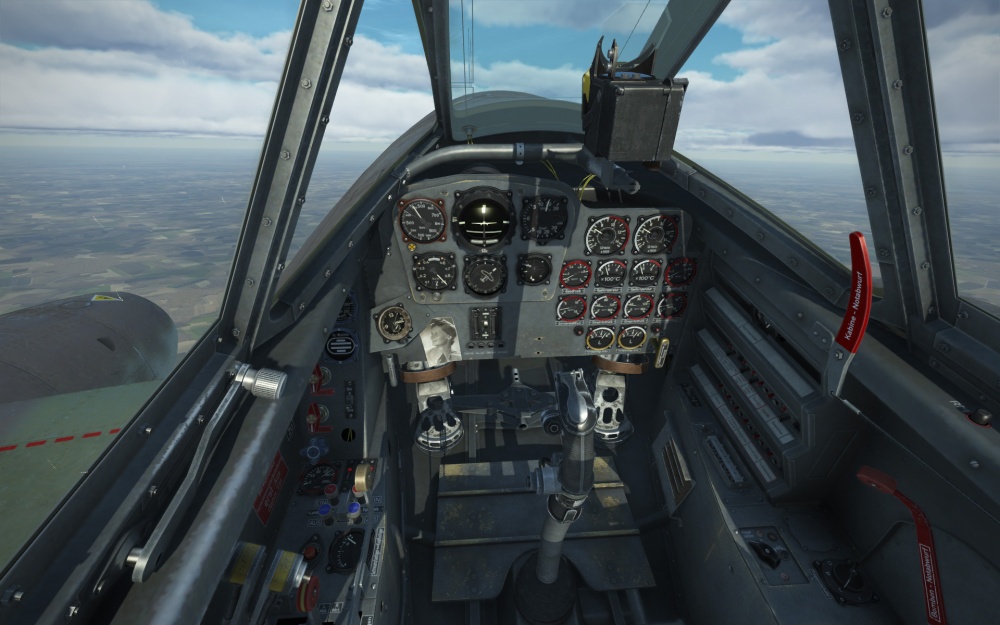
Me262 
Me262 with photo 
Tempest Mk V 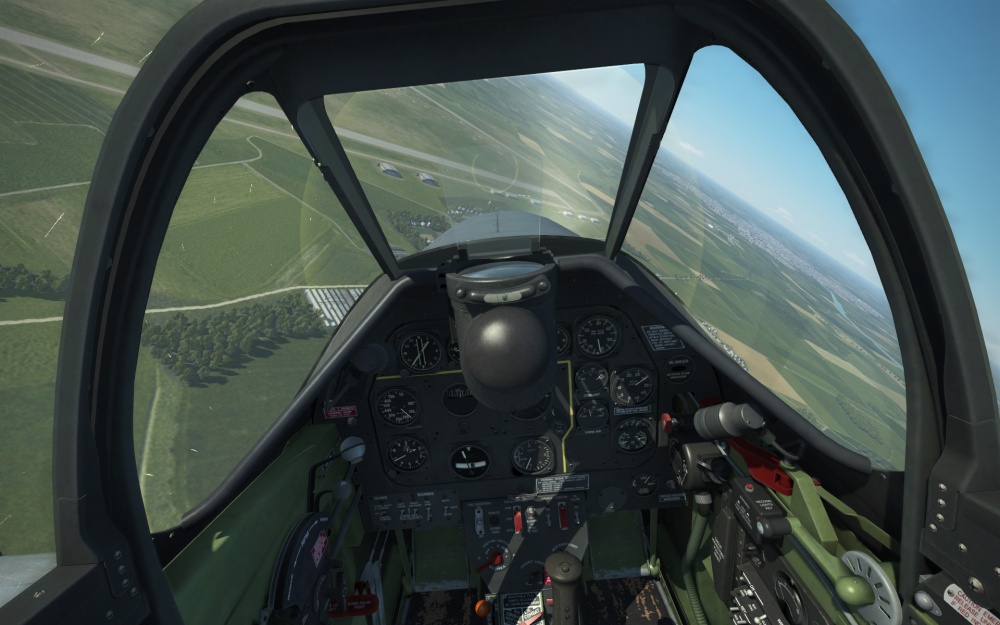
P-51D-15 
P-47D-28
Available modifications are also extensive and range from adding armor and payload modifications to gyroscopic gunsights and alternative engine and high-quality fuel options that help boost performance in some circumstances. These are available for aircraft on both sides of the conflict which should allay any concerns from multiplayer pilots over unfair advantages while also hewing as close to historical data as possible.
While some in the west may struggle to see themselves relate closely with eastern aircraft such as the Yak, IL-2, and Pe-2, there should be no such struggle with famous American aircraft like the P-51 Mustang, P-38 Lightning and P-47 Thunderbolt. Nor should there be much struggle to relate to the legendary Spitfire Mark IX or the slightly lesser known Tempest Mark V.
These late war Allied fighters are up against some of the last and best Luftwaffe types ever produced. We have two new versions of the Bf109. The first is the Bf109G-14 was one of the most numerous late war versions of the fighter while the ultra high performance Bf109K-4 is the other new Bf109 in the hangar. There are also a couple of new Focke-Wulf fighters as well with the Fw190A-8 and Fw190D-9 both available in the hangar. The A-8 is impressive because it comes with some significant modifications that also make it into the ground attack specialist Fw190F-8 and Fw190G-8 variants. The later is capable of carrying a massive 1000kg bomb as an option. The FW190A-8 can also be up-armored and given a 30mm cannon representing the Sturmbock modification – commonly used in bomber hunting operations.

Finally, the Luftwaffe side gets the Me262 which is a real treat for the IL-2 series as it’s the first to introduce a jet engine into this sim. The developers have gone all out to ensure that the aircraft’s engine modeling is at a high level and that is very much reflected in the sim. The Me262’s engines were notoriously sensitive to throttle movements, had issues with compressor stalls, and were otherwise troublesome to operate. All of that is modeled right down to the banging noise that the engines make during a compressor stall.
High speed flight modeling is now part of the experience as well and several aircraft are capable of diving to high speeds that are just beneath Mach 1.0. Aircraft experience mach-tuck, a nose down attitude taken by some aircraft as they approach the sound barrier.
Damage modeling is generally excellent in the series and that is on display here. Wings crumple and fold, fires break out, fuel and oil leaks from damaged aircraft, self sealing tanks seal, and systems become damaged and crippled in what feels like a realistic way. There are a few areas that I feel could still be refined – the P-47’s damage model feels a bit weaker than it should be while the P-51’s might be a bit too strong given these aircraft’s reputations. I have no basis for this other than reputation but I know some virtual pilots also feel this way.

Reflected in the aircraft line-up is Battle of Bodenplatte’s tactical air war focus with plenty of fighter-bombers available to fly. Nearly every aircraft in the line-up can carry ground attack specific modifications with a variety of rockets and bombs typically at your disposal.
As flexible, capable and historically appropriate as these fighter-bombers are, I know some may be disappointed with no new player flyable bombers included in this title. The developers did include the B-25D as an AI bomber which is the subject for many escort or bomber interception missions depending on what side you’re on. The developers may yet build the B-25D as a player flyable aircraft (likely sold separately) in the future but for now it’s a tantalizing aircraft we can see from the cockpit’s of other aircraft.
One other area that is missed in this aircraft set that may disappoint some is representation of the strategic air war. There are no B-17’s, B-24’s or Lancaster’s flying high altitude missions in Battle of Bodenplatte. Having just one of these would have made the jump to the western front that much sweeter but we know from past developer updates that these aircraft may just be a too big of a task. Battle of Bodenplatte has instead focused on a series strength of portraying the tactical air war and thus the aircraft set is very focused around that choosing to fill that collection out as much as possible.
There is plenty of potential for more aircraft to be added for this time period and while the developers have picked an excellent collection of aircraft to model, it only makes me yearn for more which is something that the recently announced IL-2: Battle of Normandy looks to be addressing as the two will share a lot of overlap in aircraft types.
The gameplay mechanics of the sim
Though flight simulations are often focused on how well they model their aircraft physics, there are other mechanics at play as well. The biggest change to the overall IL-2 experience with Bodenplatte has been the change to the way that G-force modeling affects the player and the AI.
Pilot physiology is now impressively simulated using real world sources to develop a more nuanced experience when it comes to things like blacking out due to excessive G-forces. Virtual IL-2 pilots can now blackout because of high G-forces or even because of repeated medium G-force loads. This means that not only is the individual application of G-forces a part of the equation but so too are repeated exposures to those conditions.

It means that pulling tight turns at high speeds repeatedly are going to cause your virtual pilot to black out more frequently and it requires you as a virtual pilot to factor that in during combat and even basic flying. The feature it adds more strategy to air combat scenarios and it does it by adding real world pilot physiology modeling into the simulation. USAAF pilots get an extra advantage here as G-suits are available by default.
Radio commands remain a weak point for the series with only a few basic flight commands allowing you to tell your flight what to do. There’s not as much depth here as I’d like to see and it’d be great to be able to interact a little more with your fellow wingmen pointing out incoming bandits. I’d also love more direct interaction with home base or with ground control where appropriate.
All new voice overs were recorded with both British and American voices for the two new air forces. Dialogue does come across as stilted as a result of the radio system that has been in the sim since 2014, however the developers and the community voice actors seem to have made the best of it and there are enough different voices to make you feel like you occasionally have a real flight backing you up.
The AI for the series remains controversially both a strong point and a weak point. The AI flown aircraft in the sim fly according to the same flight model and engine limitations as their human counterparts and don’t suffer from the weird disconnected flying style that you see in other sims. The downside to this is that is that the AI can sometimes offer less of a challenge and sometimes lack aggression. 1CGS has recently put more resources into developing the AI further and recent patches have upped the ante each time.
More often you’ll see them using energy fighting tactics and varying their defensive flying than in the past. Still, they sometimes settle into a spiraling turn fight that can seem difficult to break out of but it’s still good to see progress on this front as the series develops. Not everyone will be satisfied but I think on the whole the AI is satisfying enough to have a solid single player experience.
A flying career in the west
A problem with earlier versions of the IL-2: Great Battle Series was the lack of a compelling single player career mode. That was solved about two years ago with the release of IL-2: Battle of Kuban which introduced the Career mode. This model is available for IL-2: Battle of Stalingrad through Battle of Kuban and IL-2: Battle of Bodenplatte gets the same Career mode system.
To be clear, what 1C Game Studios has created, is not a persistent campaign like you may have experienced with Falcon 4.0 (or Falcon BMS). What it does do is a very good auto-generating mission system that cleverly connects historical events along with a pilot and squadron persistence system.
Pilots and aircraft in your squadron are tracked with losses reducing the number of available aircraft and familiar pilot names being struck off the list when lost due to accidents and enemy action.
To get started, you pick a campaign to participate in, pick an aircraft type and a squadron on a map, create your pilot, and then join the squadron officially. Along the way you get to choose your pilot’s background story, name, birthdate, and select from a variety of generated images. This all creates a connection with both your fictional pilot and your selected squadron. You can have a large number of careers going at once and it can be fun to fire up a new one as it is to keep a longstanding pilot going.
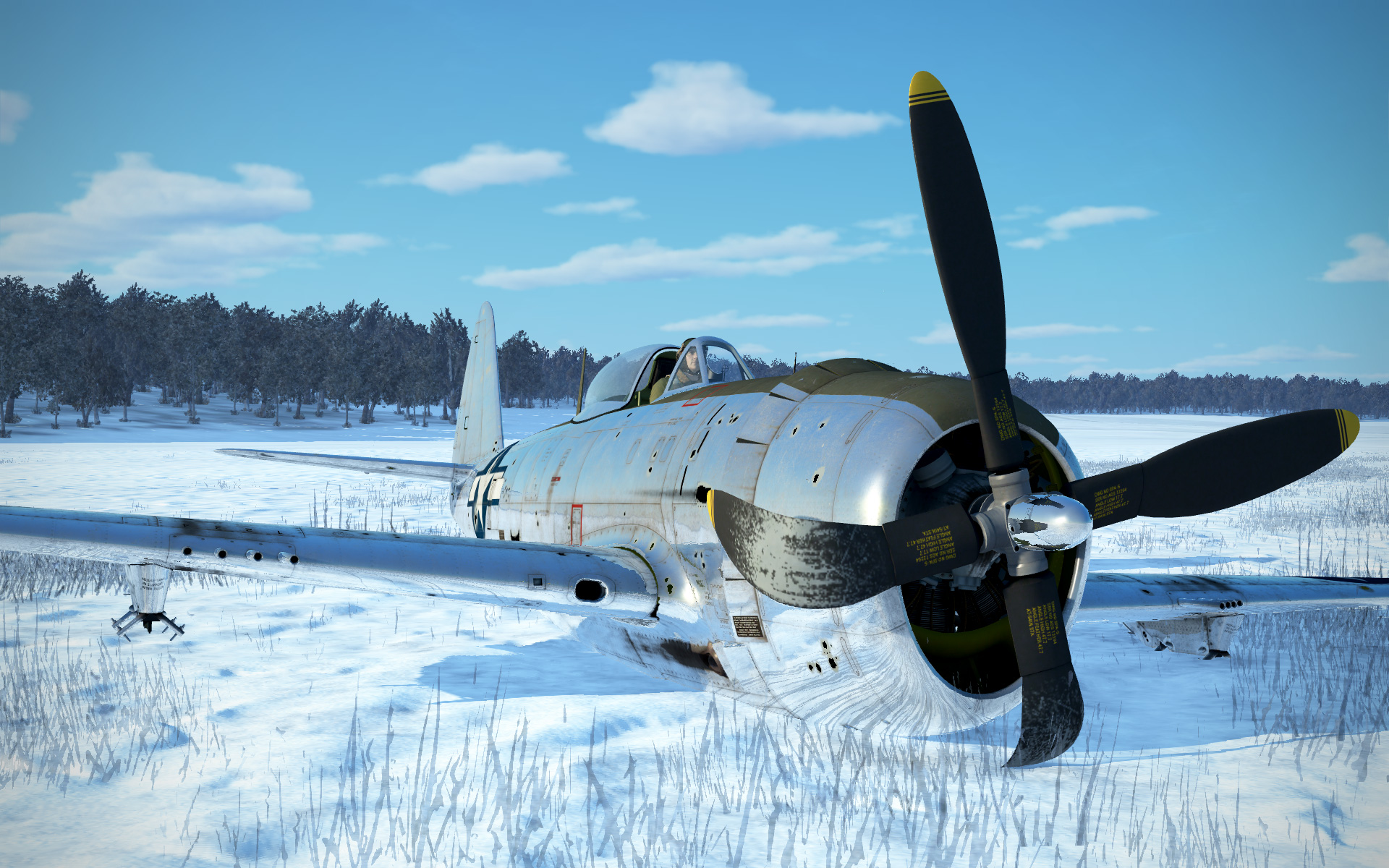
A special “Ironman” mode is available which ensures that there are no replays and so once your pilot dies or is captured, the career is over. Not everyone enjoys this mode but many do and it adds a fun challenge to the experience with a priority of keeping your pilot alive over seeking glory – or seeking glory at the expense of a potentially long pilot career.
If you choose to be a squadron leader or are later promoted to be one, you also get to make some basic decisions. You can swap pilots (including yourself) in and out of missions as desired as well as add or take away aircraft from a mission.
Squadrons move around on the map and fly from airbases and with aircraft that are all based on historically researched information. The historical detail here is very impressive and it shows the kind of attention to detail that I, as an amateur historian and flight sim pilot, absolutely love to see.
There are a few allowances made in the name of experience. A single A-20C/Boston Mark III squadron is present on the map but flies the A-20B (as no A-20C is available). A couple of Luftwaffe squadrons are flying the Bf109G-6 Collector Plane as well which is only partially accurate as these units were flying later (and quite different) modifications of the Bf109G-6. These seem like reasonable allowances to historical events.
There are a few issues with Career system too. At time of publishing this article the auto generated missions on January 1st don’t reflect the objectives of Operation Bodenplatte on that day. For the Luftwaffe side, airfield attacks on the morning of January 1st should be nearly universal but aren’t. For the Allies it should be scramble and interception missions against the incoming attack.
The Career mode missions can sometimes offer up difficult odds which means that virtual pilots will need to decide if they really want to stick around and stay in a nearly impossible fight or if living to fight another day is more important. In which case, ducking into clouds and making a run for home may be the best option. Career mode isn’t like a scripted campaign in that if you fail you still progress forward. You may also encounter enemy aircraft and turn for home only to find that they followed you the whole way. This doesn’t happen all the time but that can be frustrating.

The missions can also be customized with a few options. Namely you can choose to start on the ground or in the air (air starts cut down on the amount of time spent in each mission) and you can choose both the speed of the campaign and the density of front-line activity. Turn that up to medium and you’ll notice more artillery batteries and more enemy and friendly aircraft. Go to the highest setting and it feels like the whole frontline is active – of course that requires more CPU cycles and so that choice will be largely dictated by your hardware.
Minor issues aside, the auto-generated missions seem more engaging than ever before. Defending friendly ground troops tended to be a bit boring in past campaigns, however, here it seems to be more action packed with enemy aircraft arriving not too long after you show up on station. Bomber and attack aircraft interception missions remain both fun and tense.
Career mode feels more alive and more polished than before and it offers a powerful single player experience for IL-2: Battle of Bodenplatte.
Multiplayer features

Development on the multiplayer side of IL-2 has been somewhat more limited than other areas of the sim. Since the release of IL-2: Battle of Kuban, a few updates have come along that have improved network performance and patched away some bugs. Once you’re up and running you can typically have an excellent multiplayer experience in IL-2 and as a regular flyer in many of IL-2’s multiplayer servers.
There are, however, some problems. In addition to some odd glitches that you might experience in any multiplayer game (lag, packet loss, the odd server crash, etc.), the biggest problem I have had recently are connecting to a busy server. Glitches during the login process can make it difficult to get into a busy server if several players join at once. In some cases, when a map changes, you can also lose your connection to the server as a new scenario loads. These are inconvenient at times, but they are hardly deal breaking.
A co-op mode has been added to the series allowing more complex mission-based multiplayer sessions to be setup and flown. The feature is a bit underutilized by the community at this point and a community-oriented lobby, where players can chat and form games, might help boost the feature. For now, we have a straight-forward server list. It’s utilitarian and functional but it doesn’t generate the kind of spontaneous co-op missions or community that a more connected experience might offer.

Peripheral to the title itself, IL-2’s multiplayer community has grown and strengthened since the last time I wrote a review. A combination of more players, more organized server events, and a growing number of Discord communities have sprung up offering a variety of multiplayer opportunities. These community run servers and events offer plenty of opportunity for new and veteran players alike to join in on the fun. The series won’t be bringing in the huge numbers of a triple-A first person shooter but it’s heartening to see servers regularly busy during weeknights and weekends alike.
Most of the time, IL-2 multiplayer is a fun experience that is smooth and reasonably problem free.
Conclusion
Refinement rather than revolution is the driving them behind IL-2: Battle of Bodenplatte which iterates on a familiar formula while pushing some new technologies and moving the subject matter of the series over to the western front. A change of scenery was required after three titles devoted to the eastern front and allowing late war British and American aircraft such as the Spitfire and Mustang to do battle with the last great Luftwaffe fighters of the era is a real treat for fans of WWII air combat simulation. I think it was the right move for the series.
For me, the chance to go back into the skies of western Europe during this late war period offer up tons of available potential for fun scenarios and it’s something that I’ve been waiting to happen for a long time. Battle of Bodenplatte brings together a lot of great technology to make that experience happen with some of the most refined visuals and simulation modeling that we’ve seen from the series yet along with a very large map that covers plenty of scenarios from the later part of World War II in the west.
Though this latest release of content doesn’t offer any revolutionary features or pieces of content, it is in the refinement of the experience that I think 1CGS have done the most work. While IL-2 doesn’t have the same systems fidelity as a DCS WWII aircraft it does bring together a very well rounded package that brings together ten aircraft, map, scenario, and the historical backing to make this a very realistic and authentic experience. Bodenplatte and the series on a whole sit at a carefully balanced point between being accessible on one side while still appealing to the hardcore sim pilot on the other. In that I think 1CGS absolutely succeeds.
IL-2: Battle of Bodenplatte is in my estimation, the best World War II air combat experience you can have in 2019, offering a combination of features, gameplay, and legendary aircraft that should appeal to a wide variety of fans of World War II aviation. It’s not flawless but it is one that has been constantly iterated on over the years and I expect will for many more.
If you haven’t check out the IL-2 series or are curious what IL-2: Battle of Bodenplatte is all about, I hope this review has helped you out! Of course these are my thoughts an opinions and I welcome yours too – be sure to share in the comments section below.
Screenshots
No review is complete without plenty of screenshots. Here are over 100 of my favourite shots or images that I think illustrate what the sim is all about.


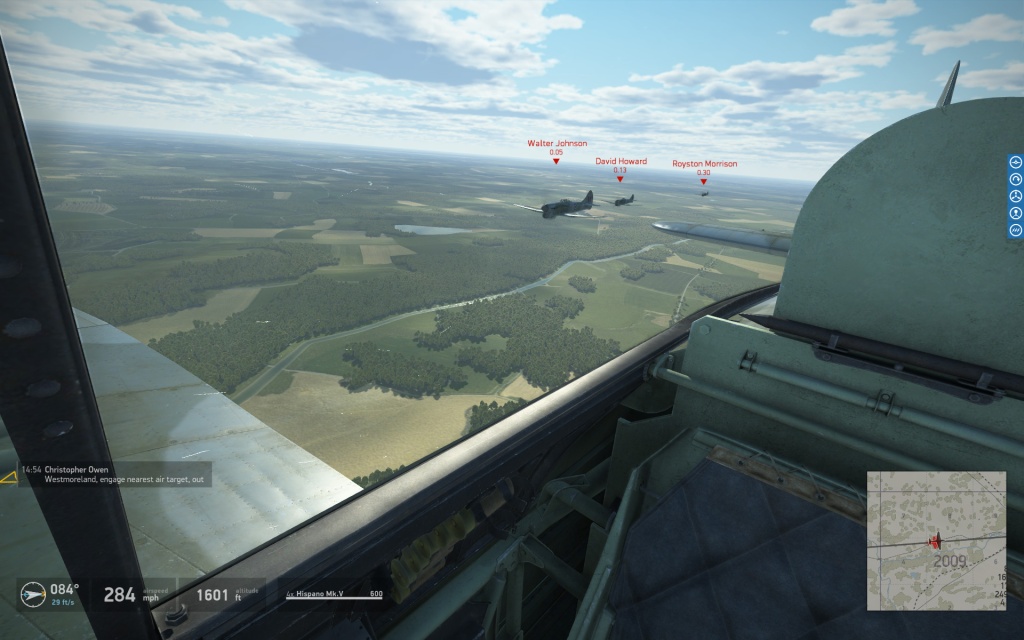
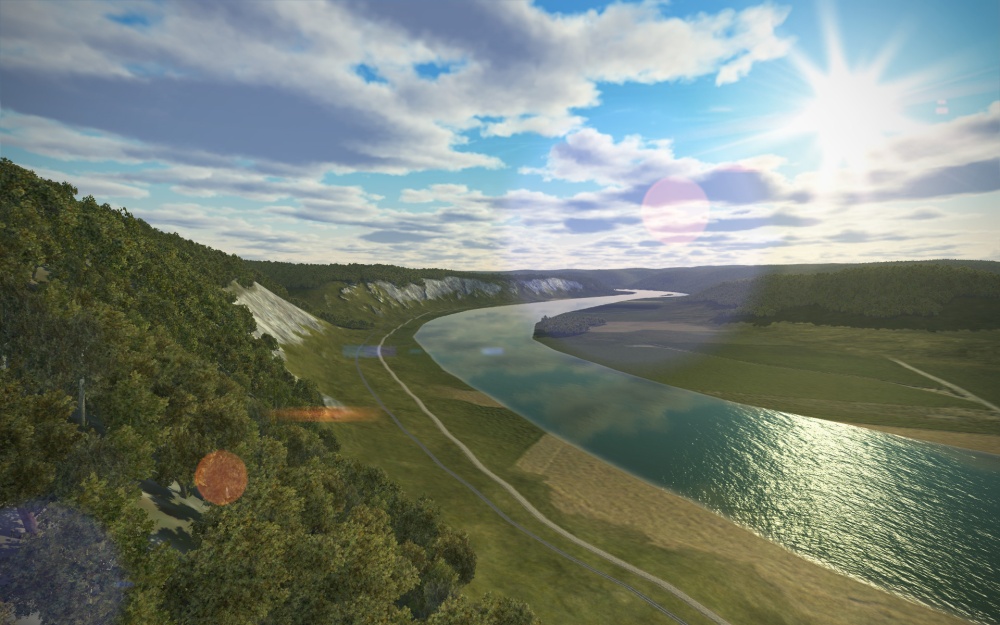

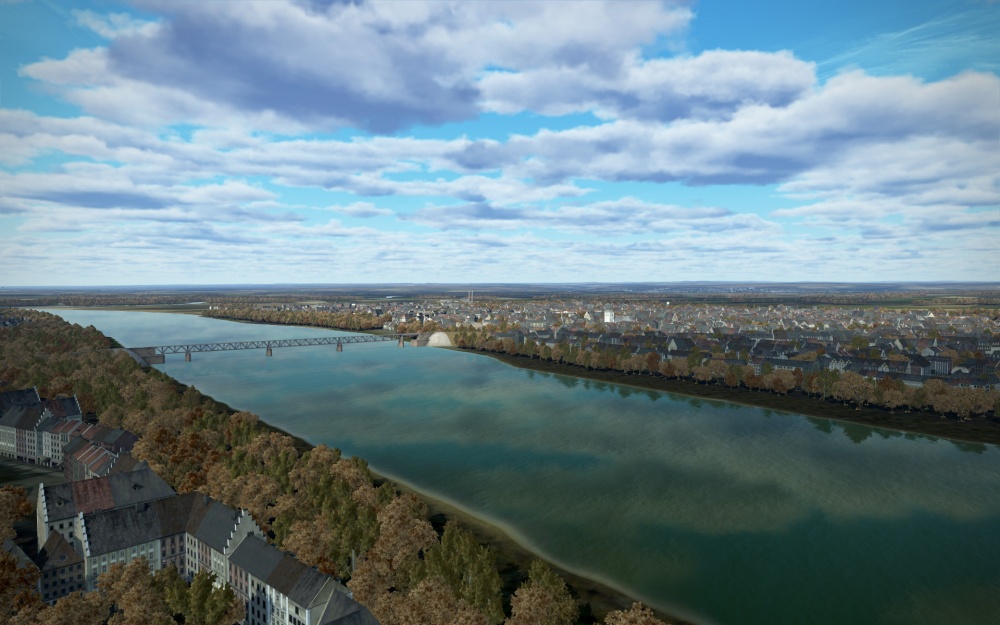

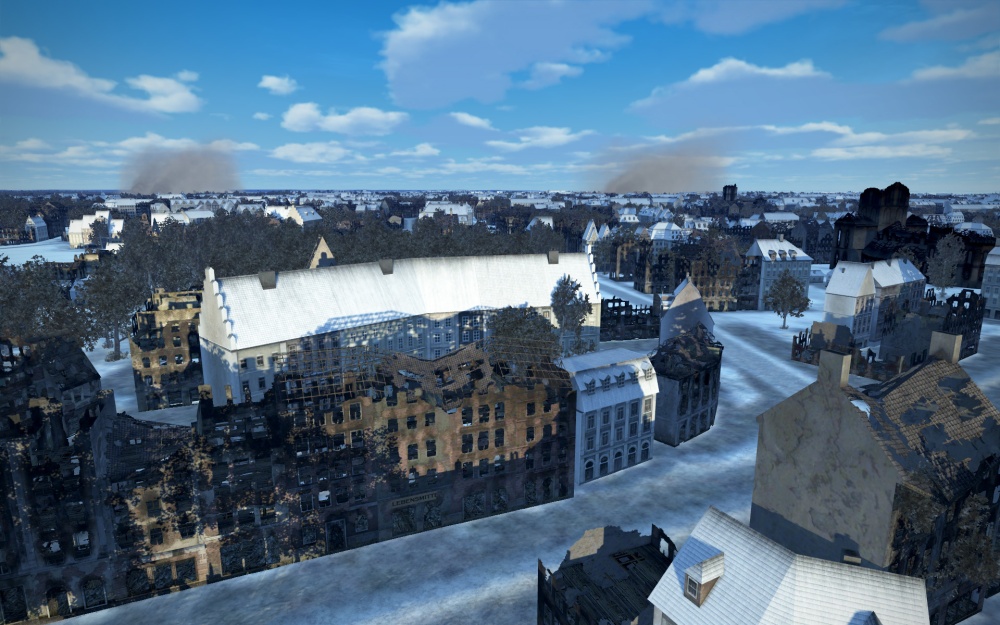

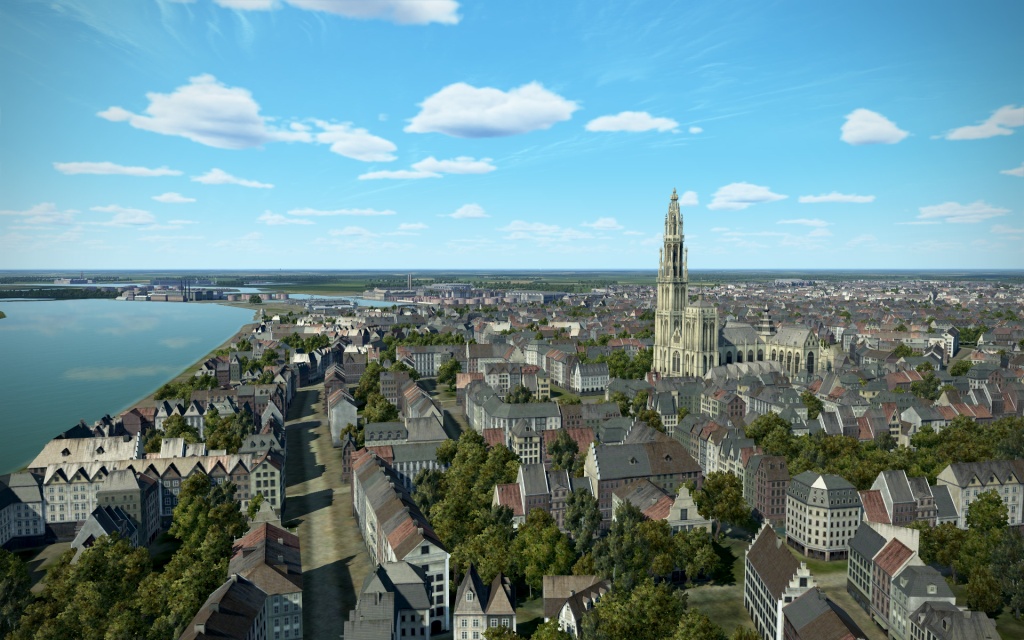

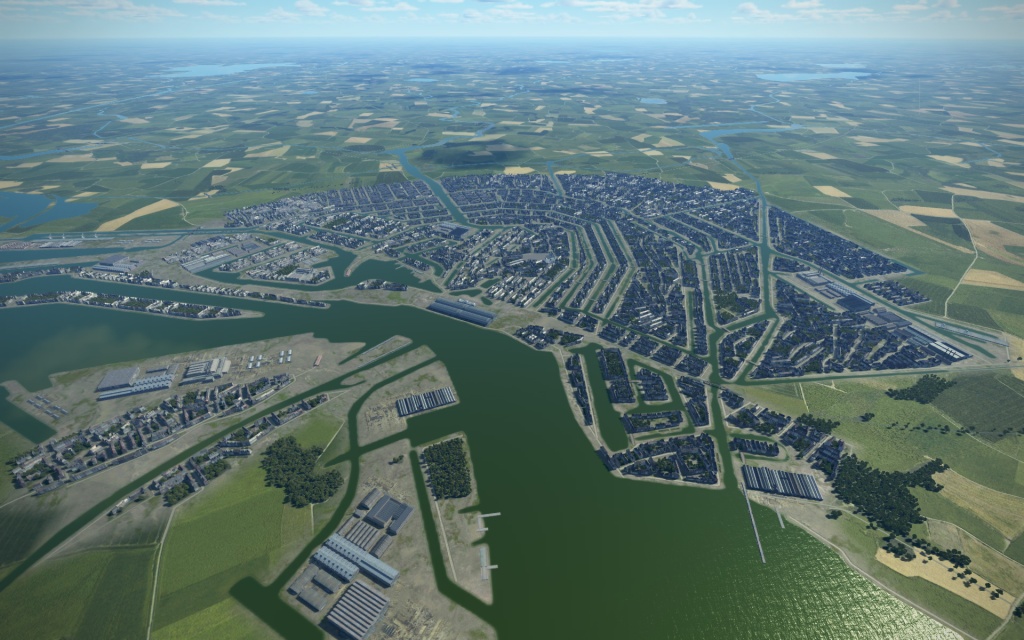



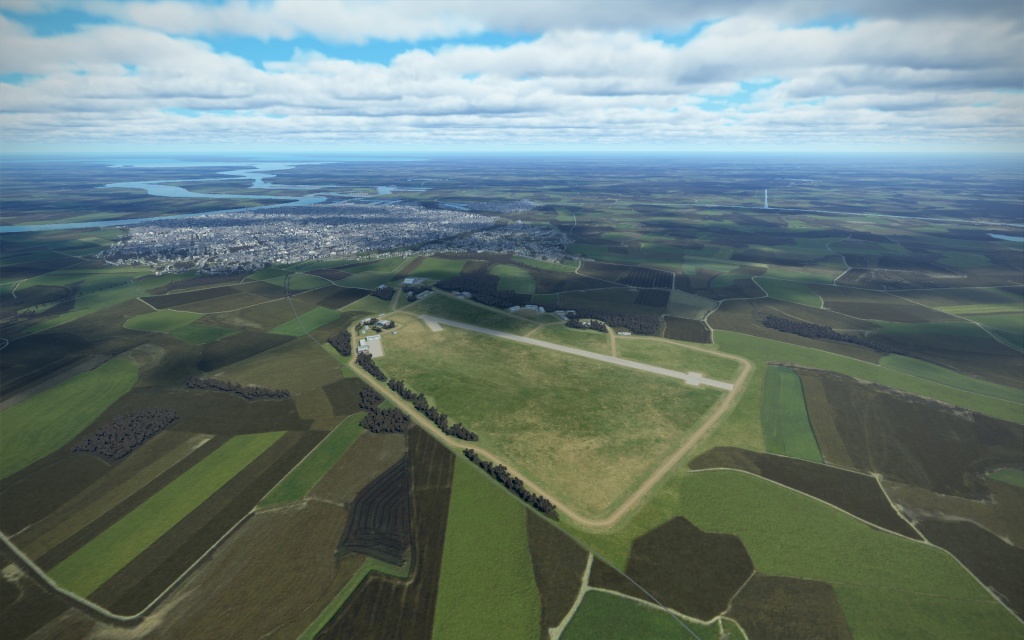








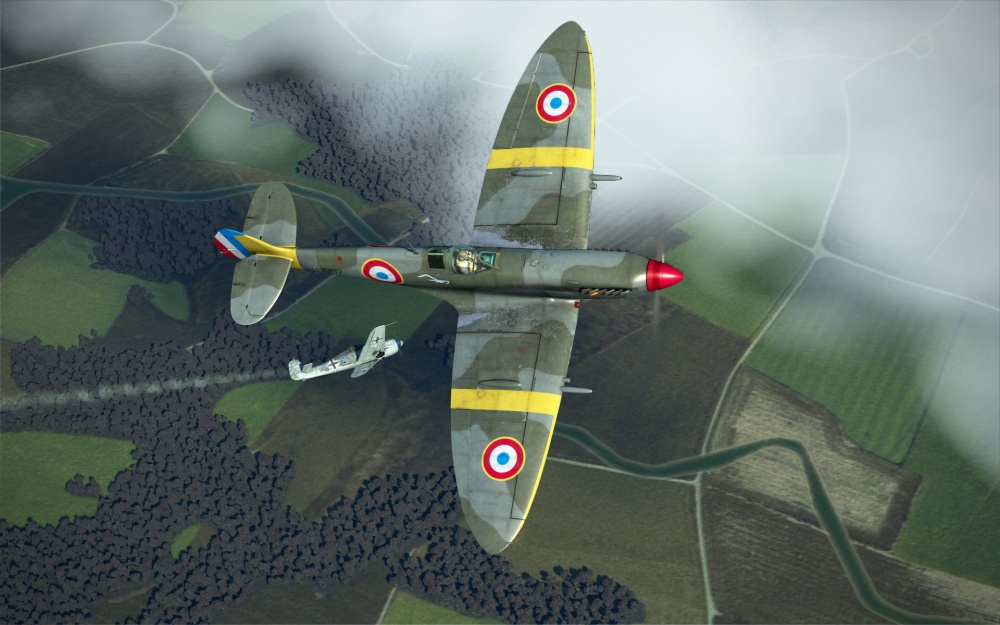

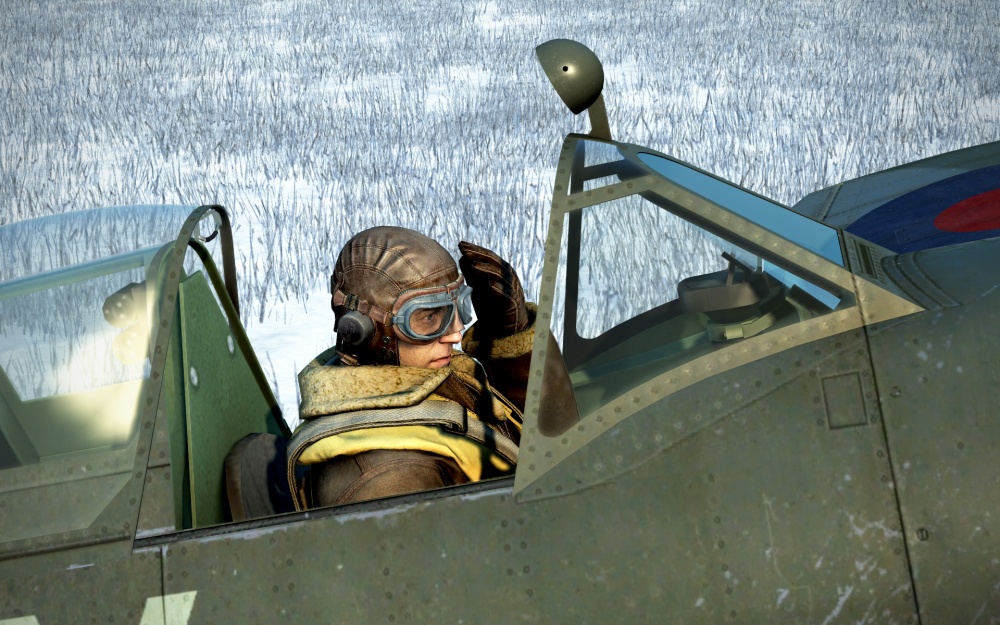

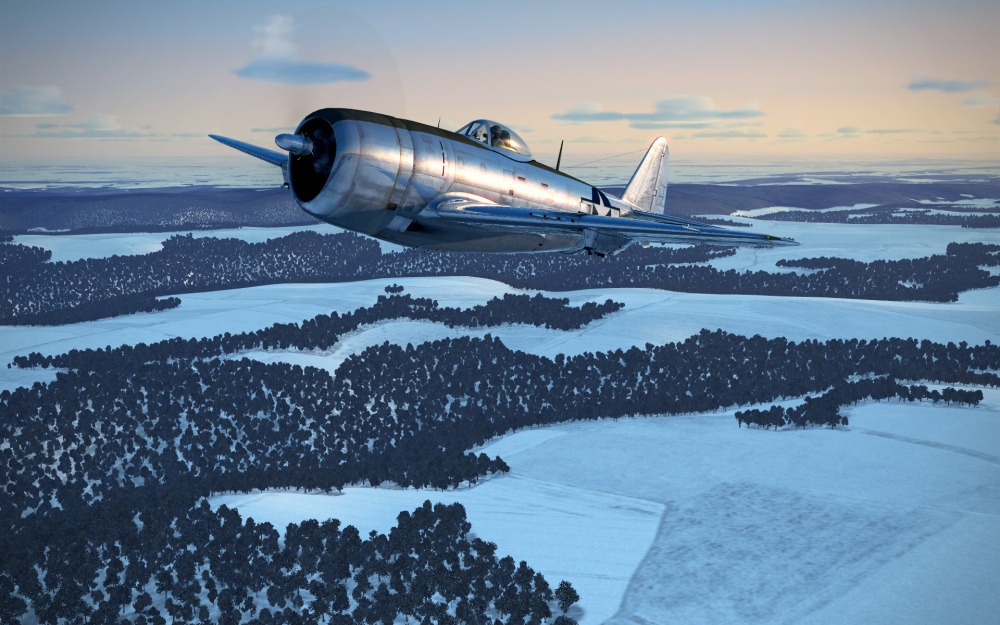
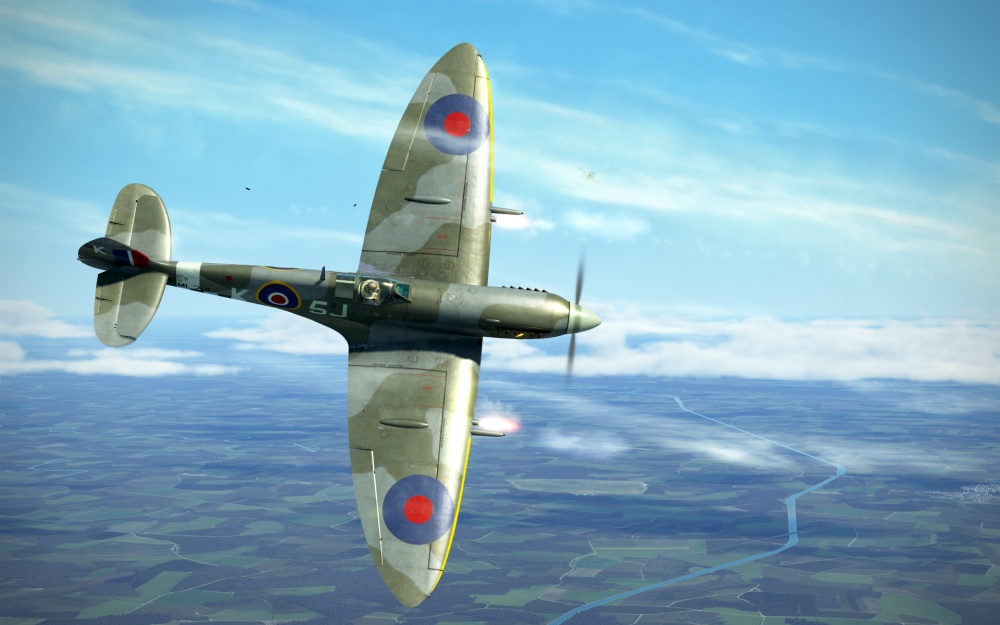


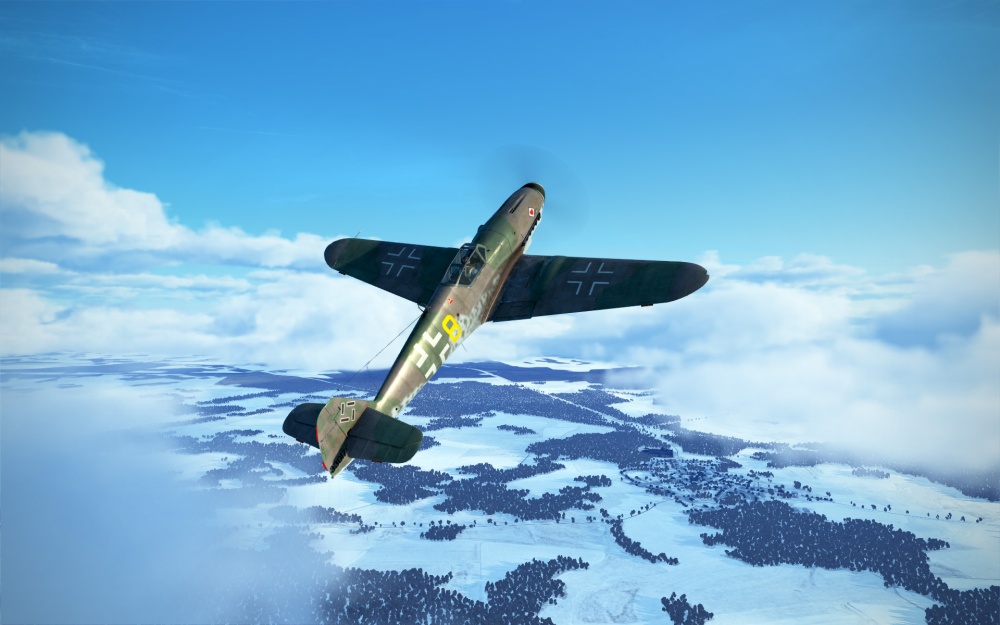
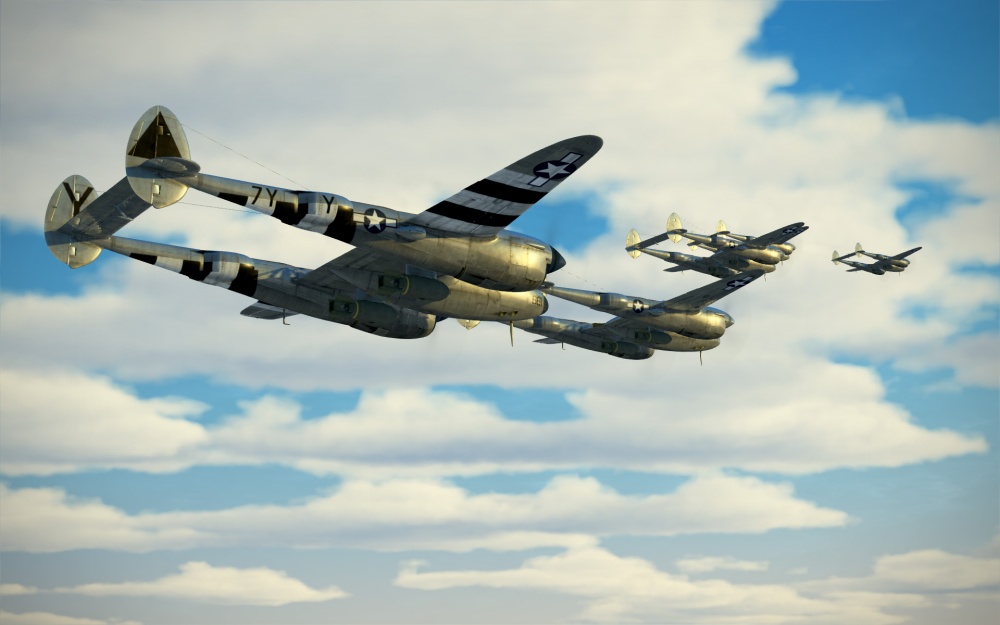
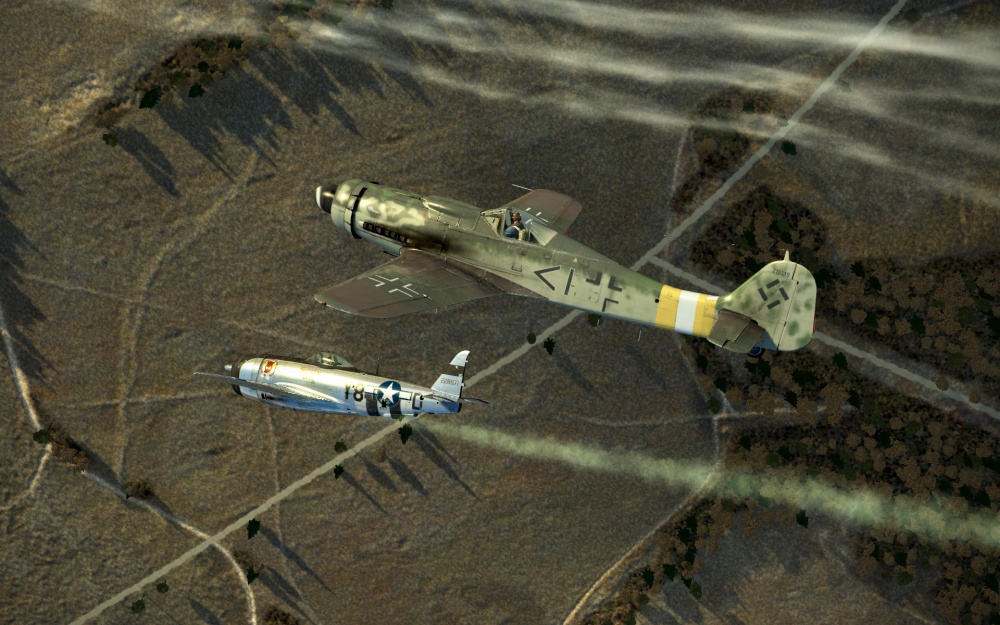
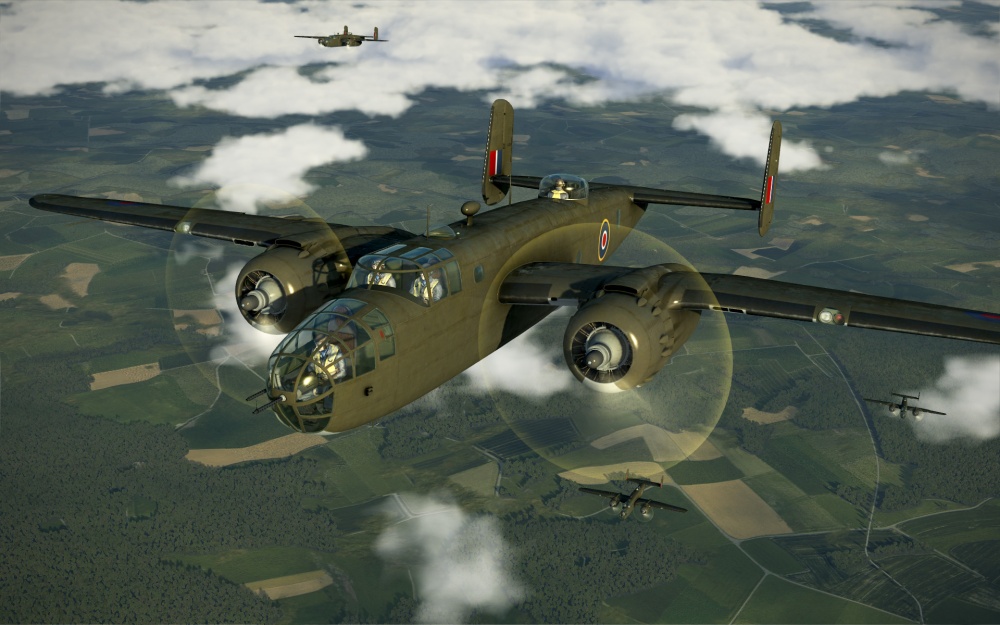
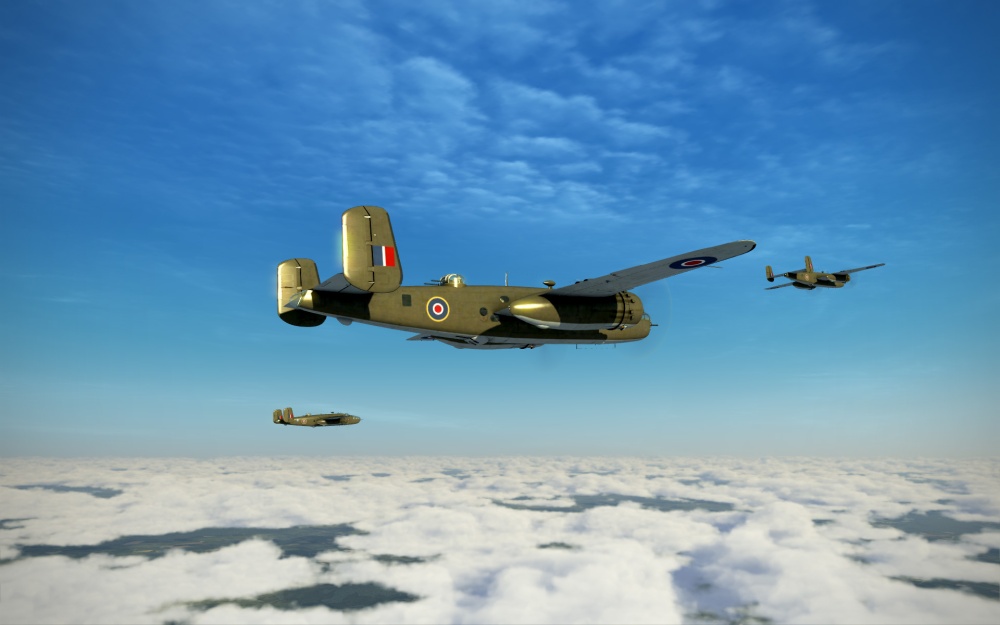



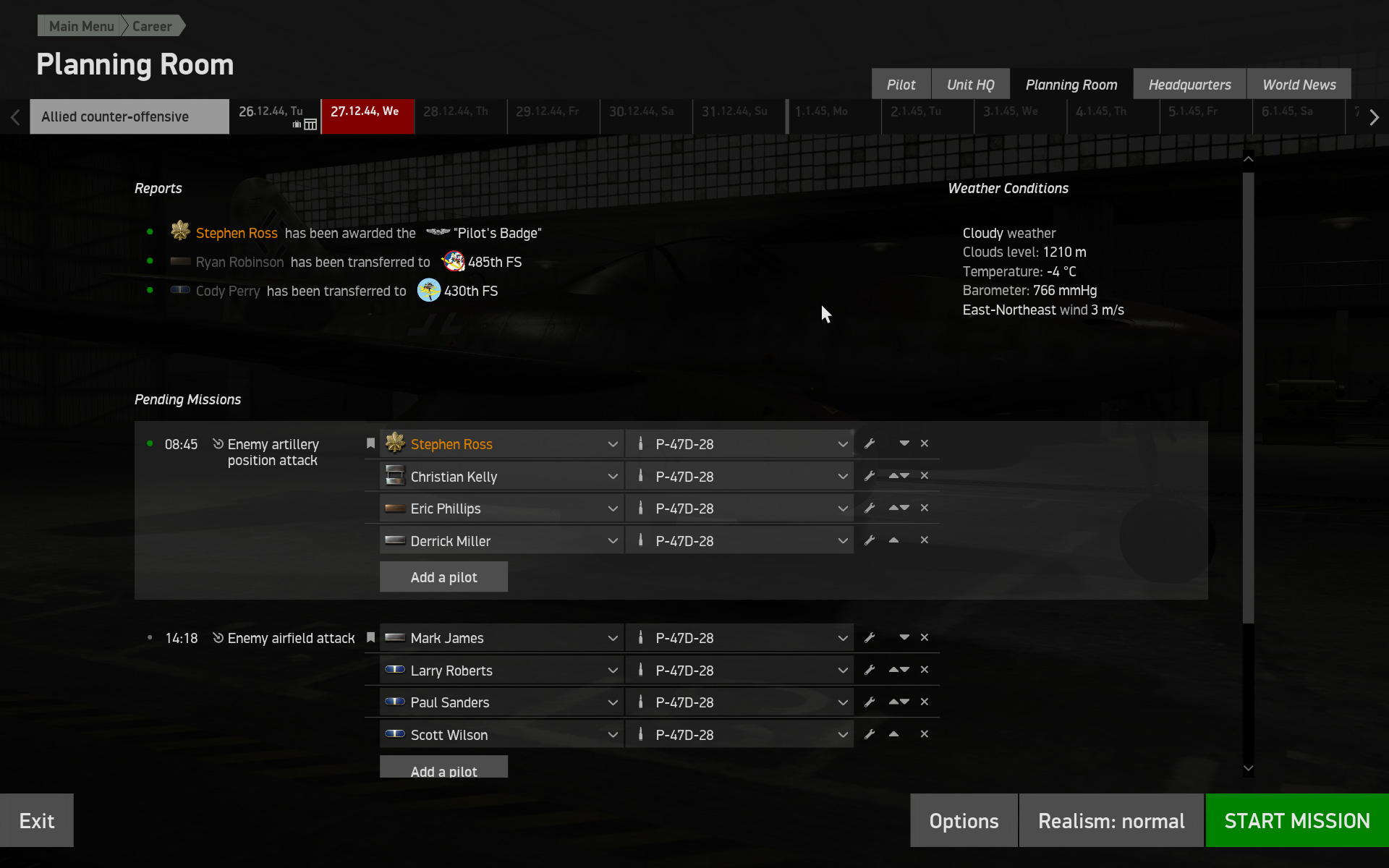

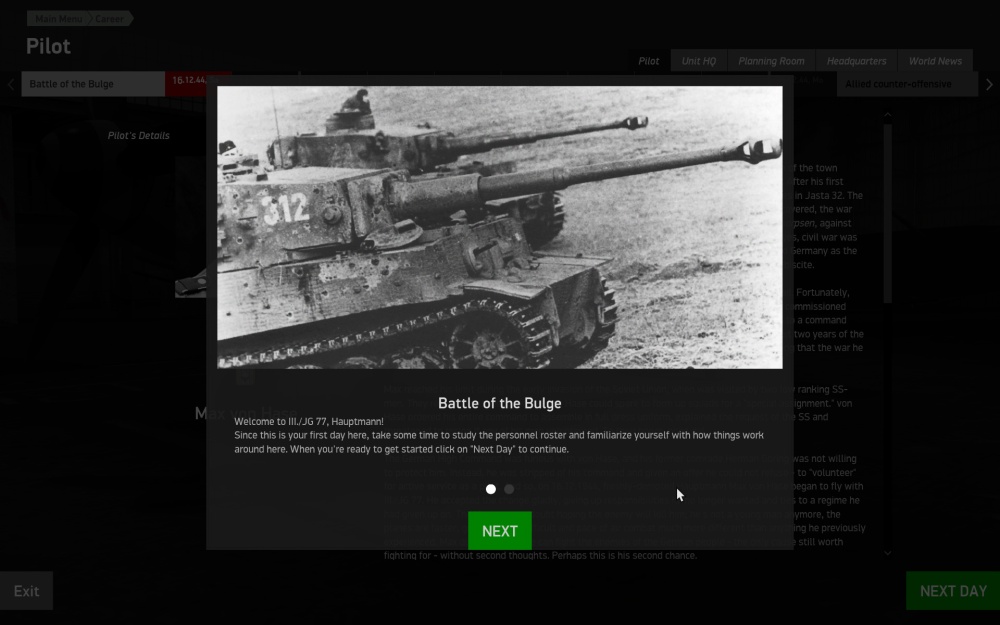

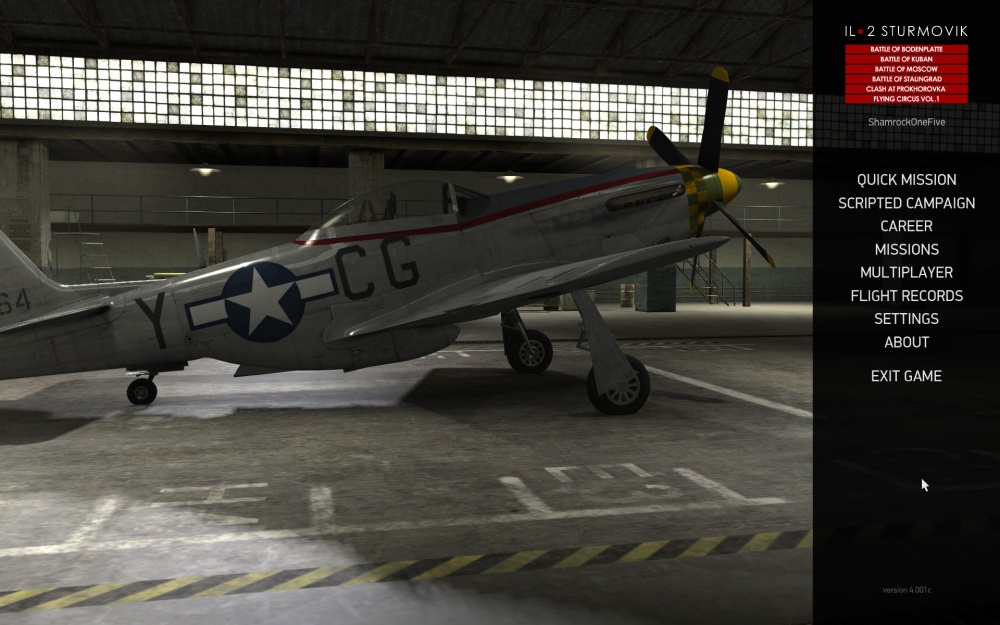



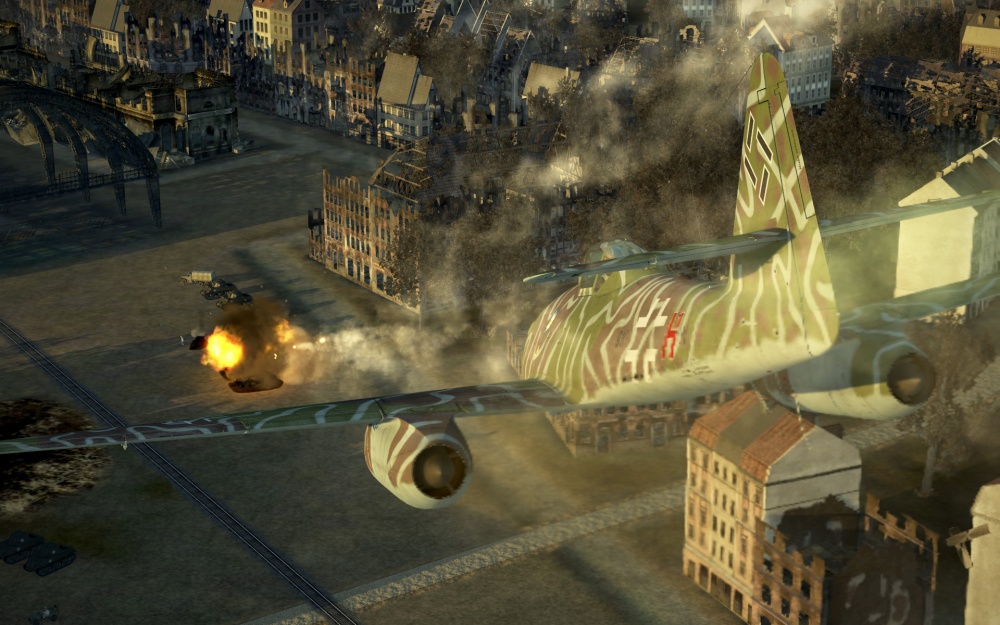






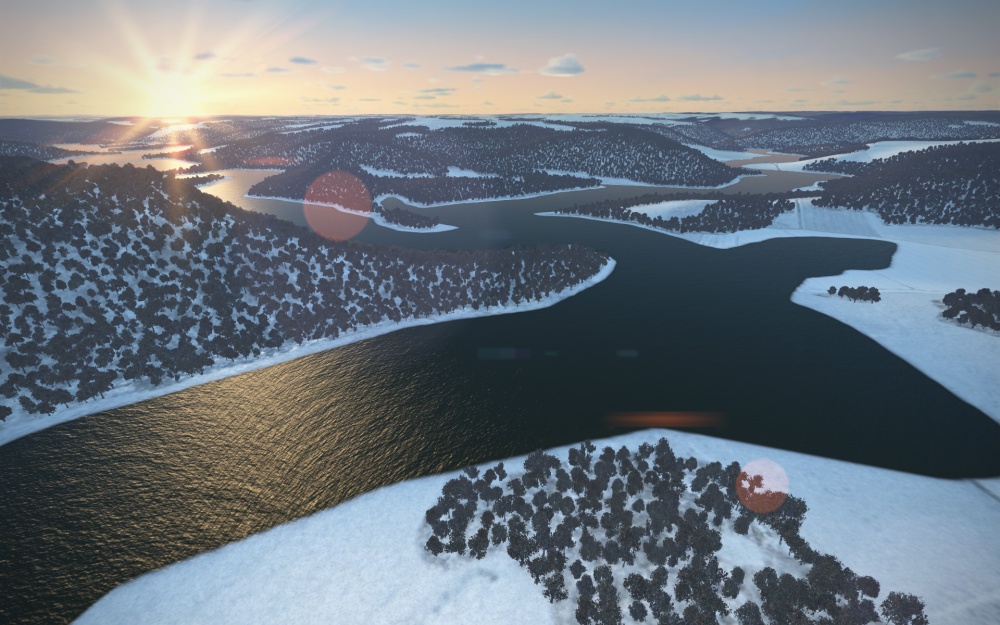
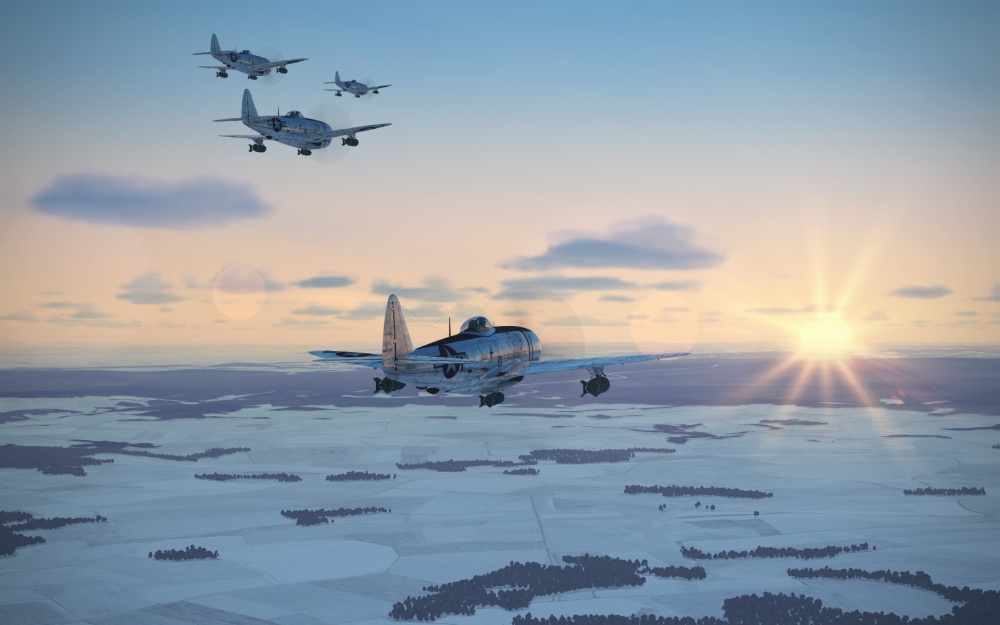


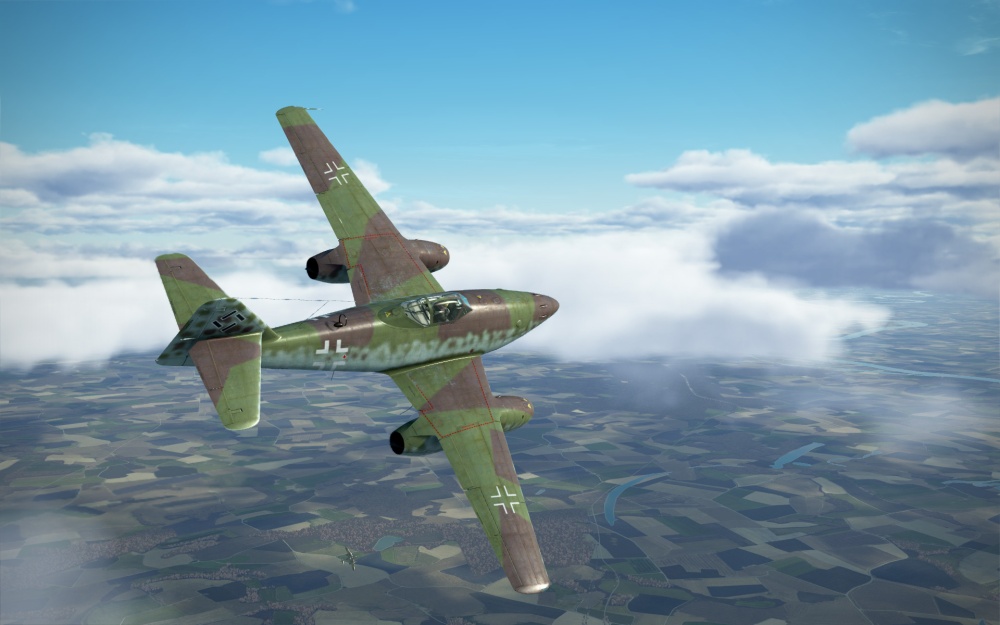




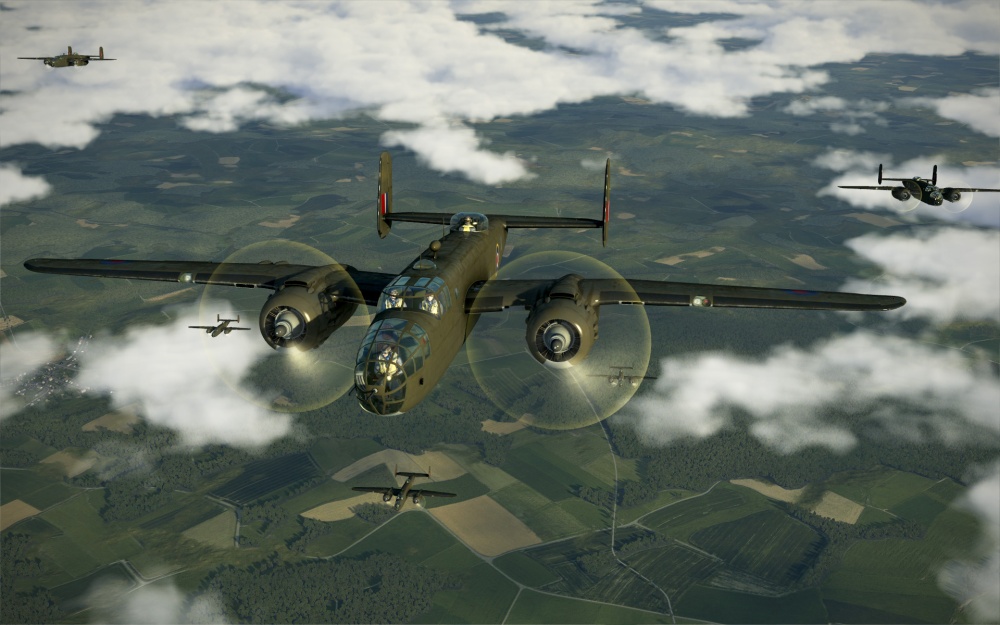



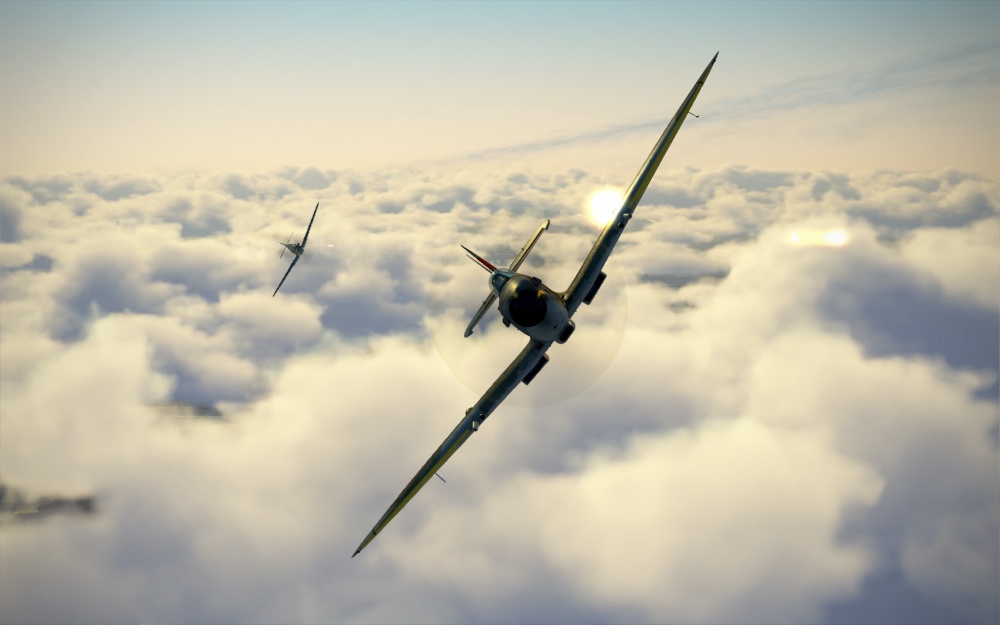
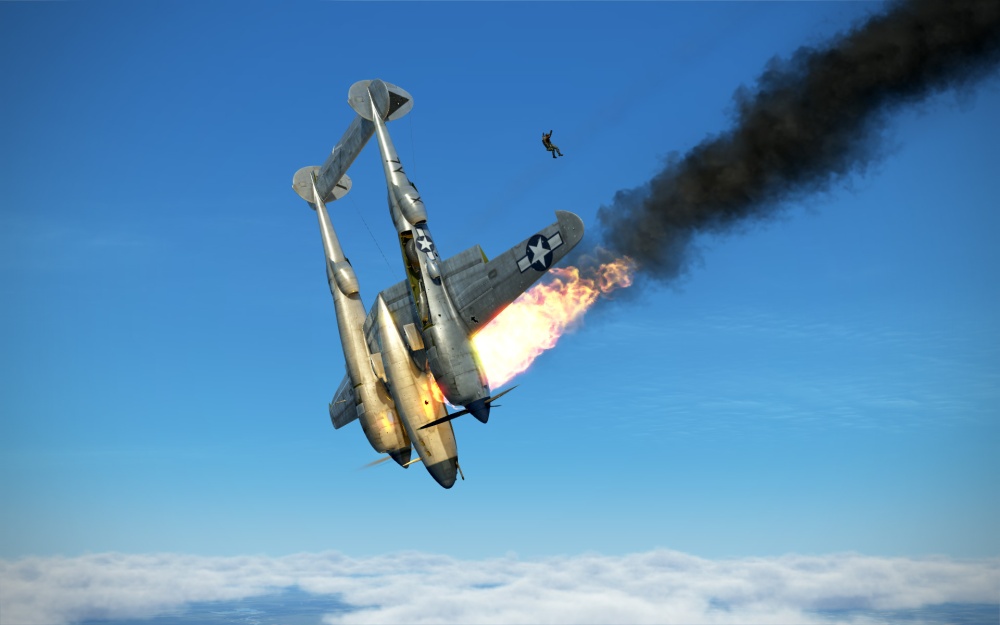



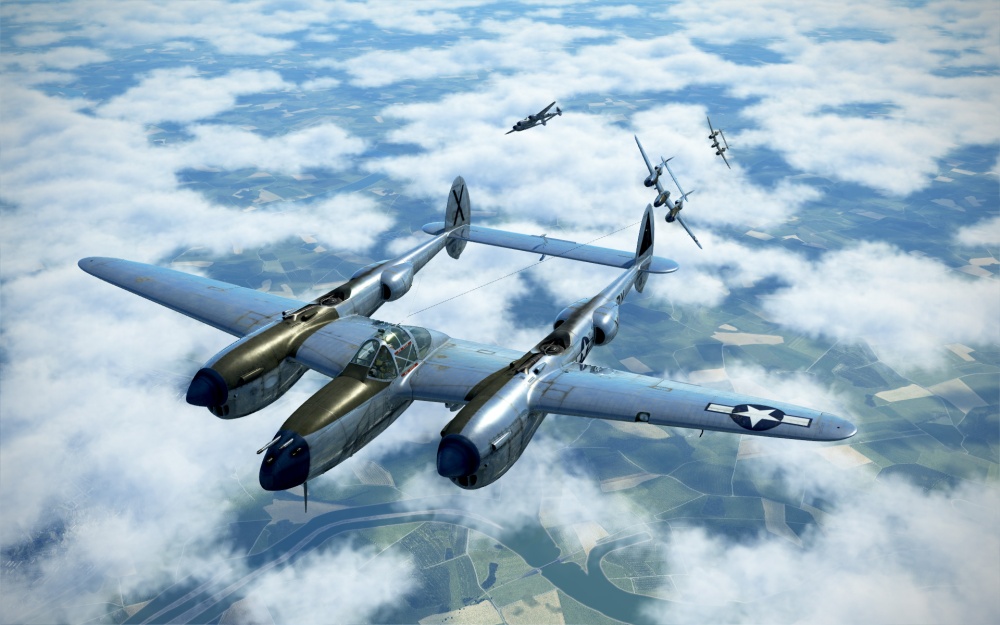
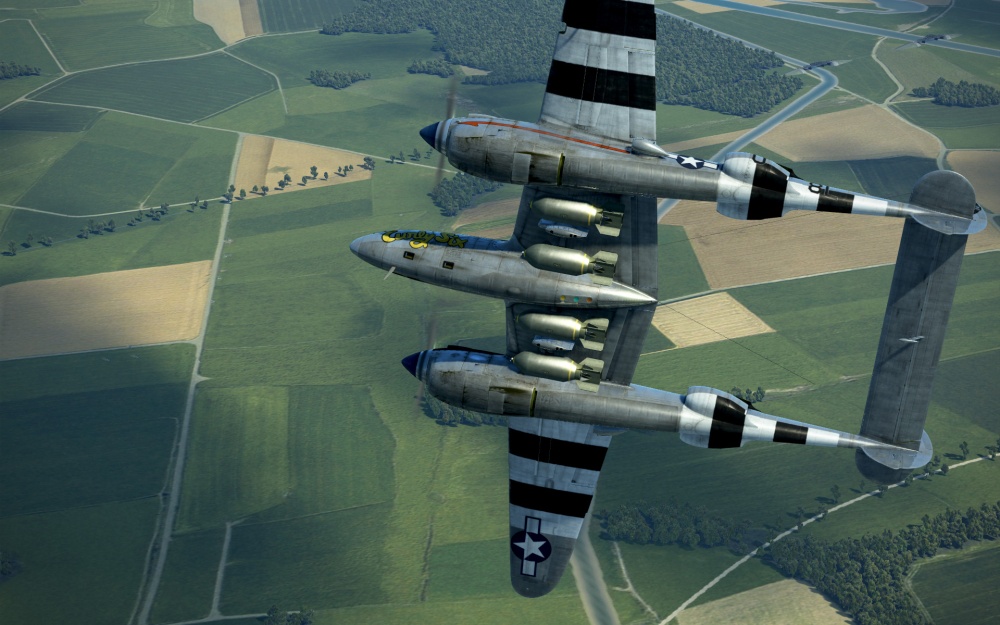




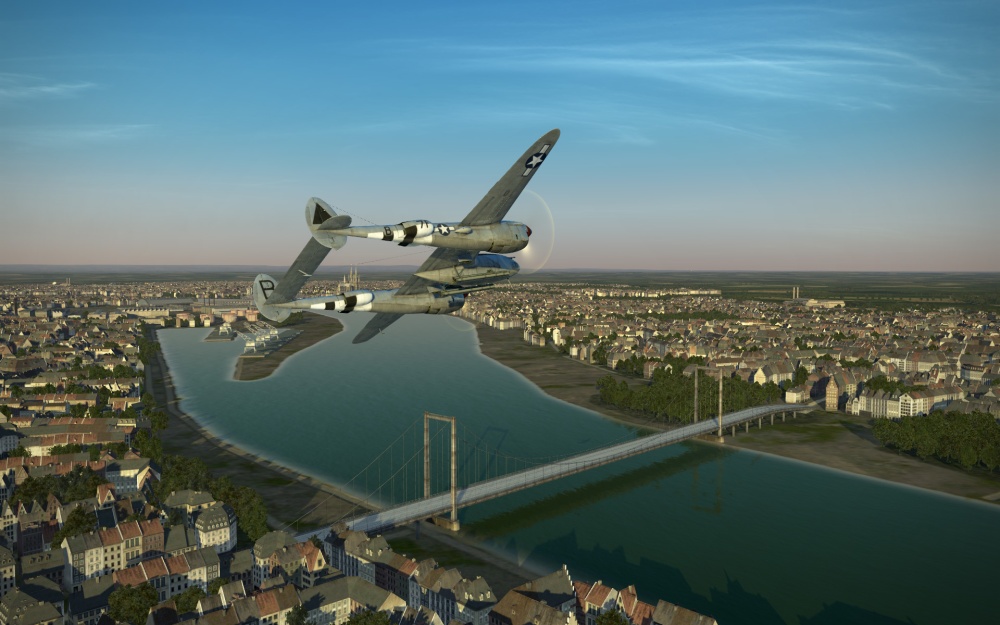
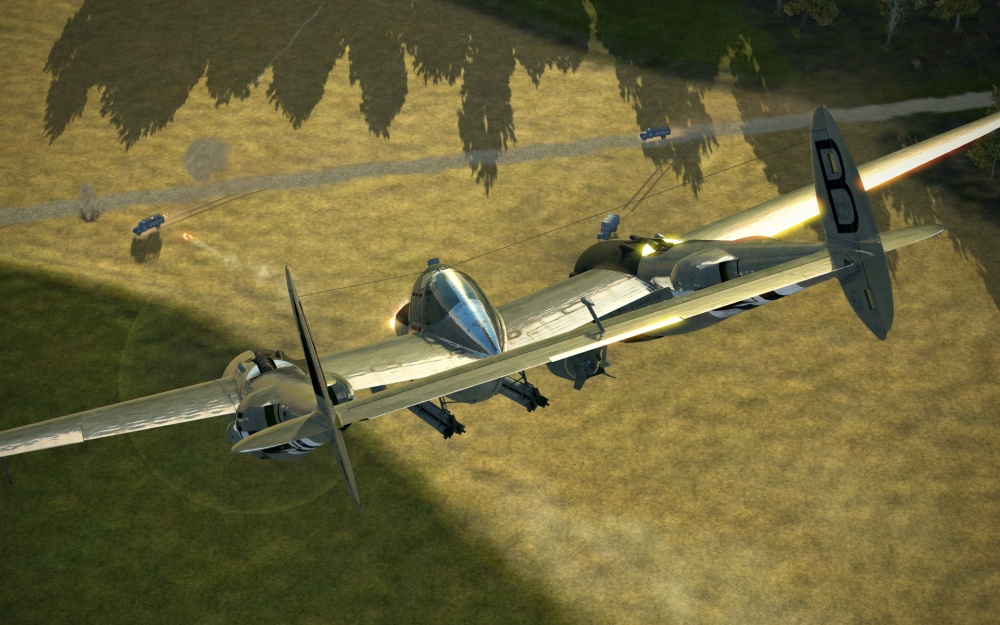
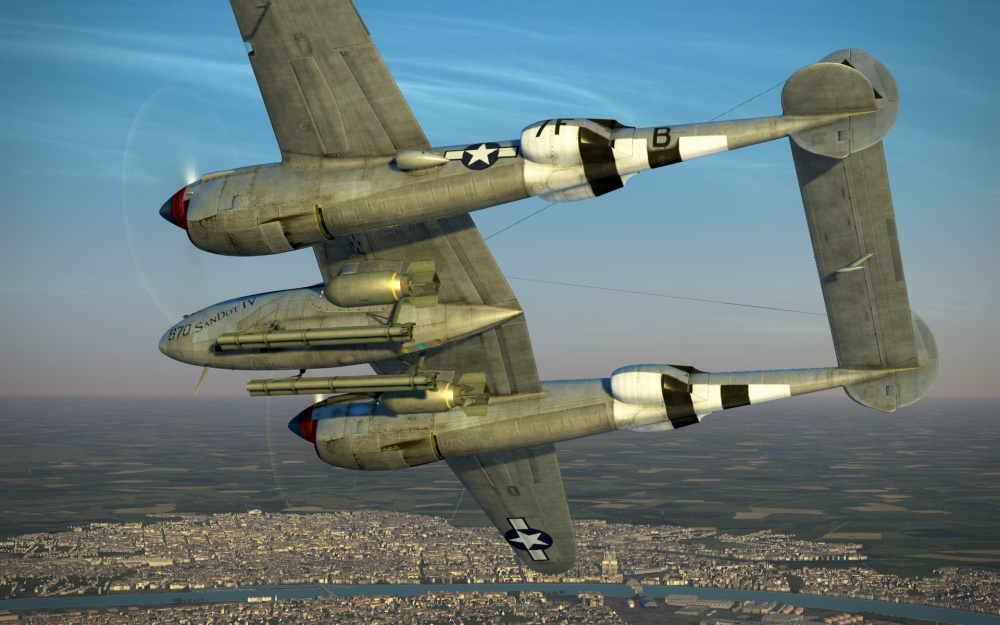
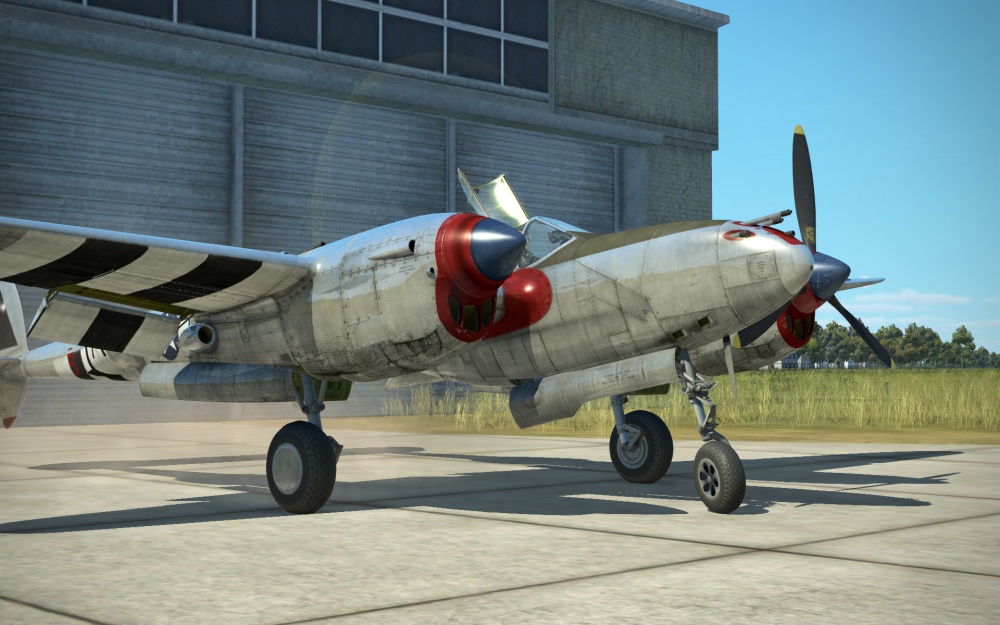
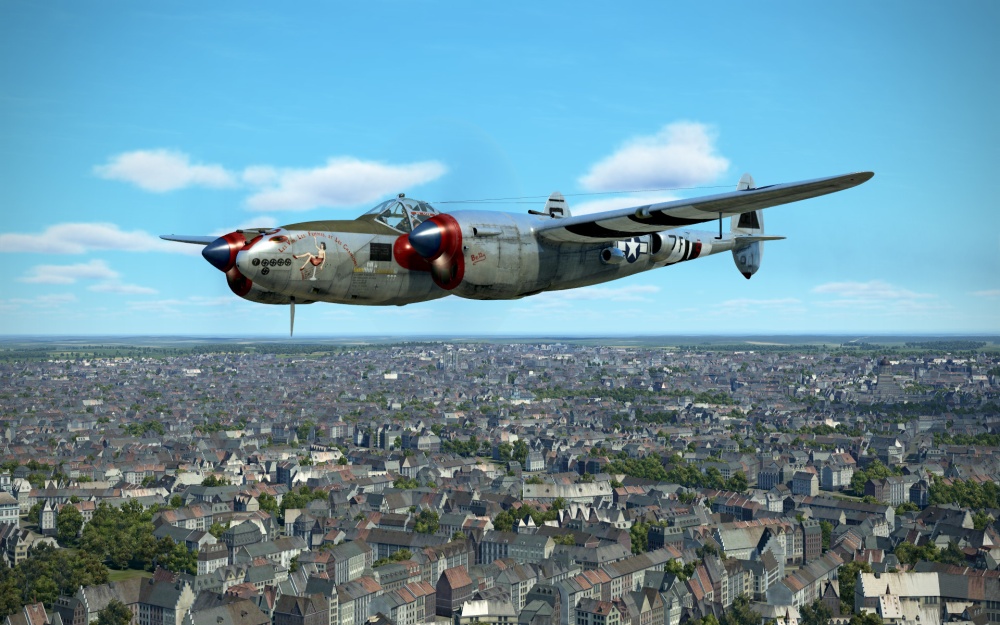



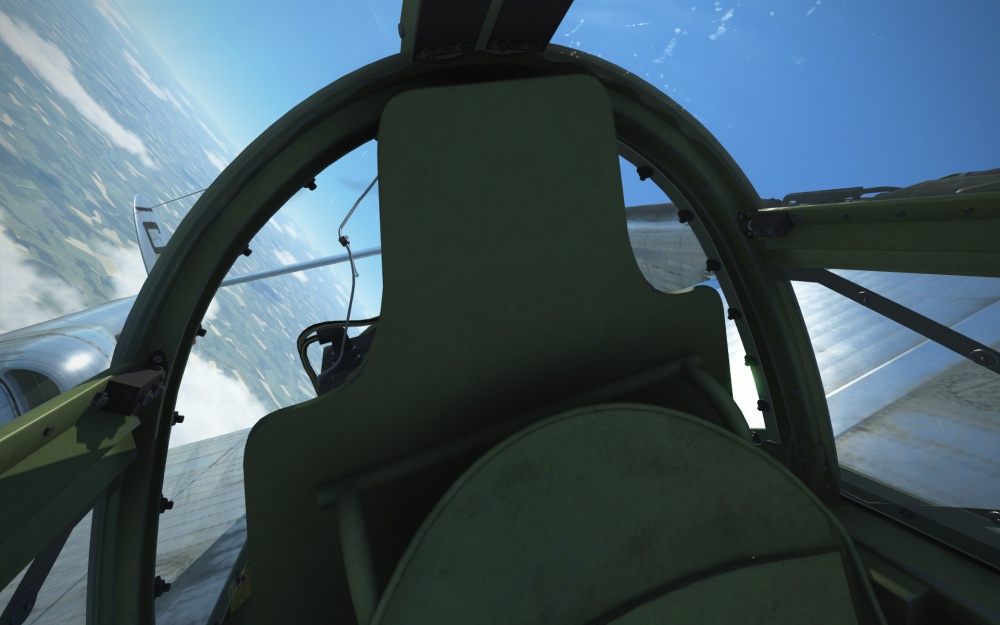
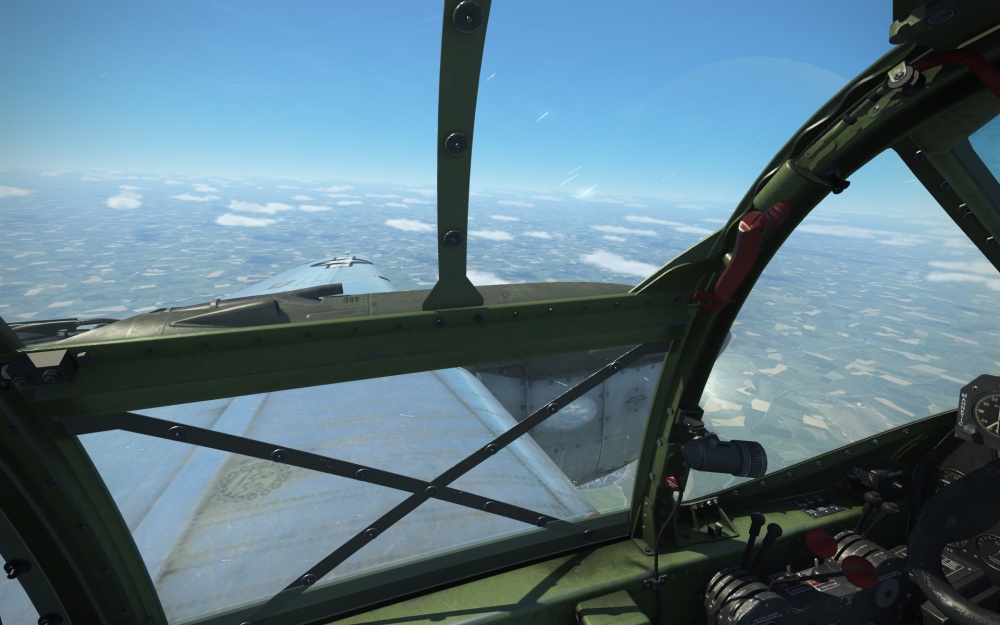
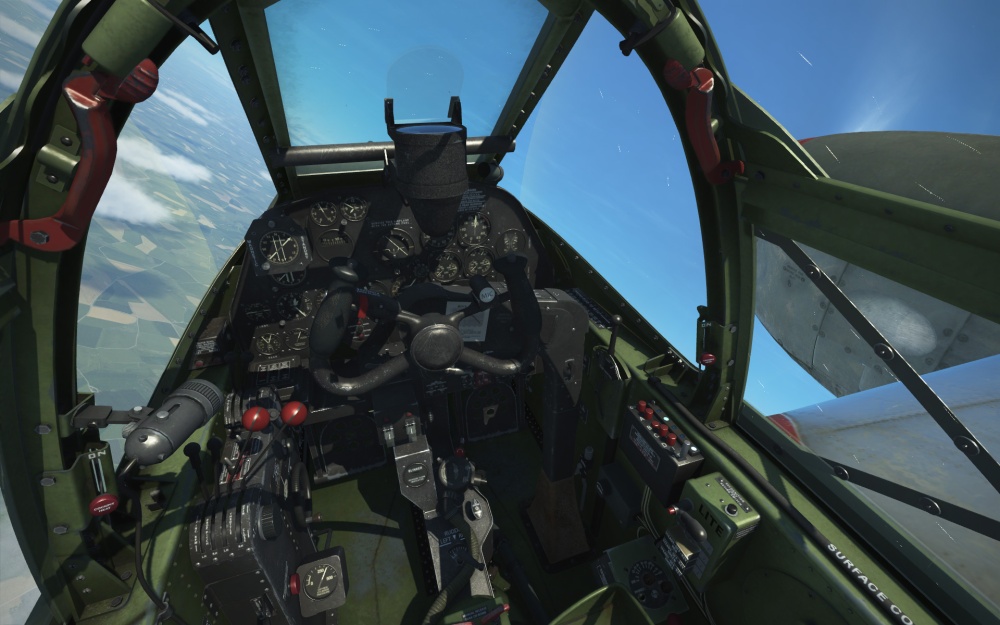



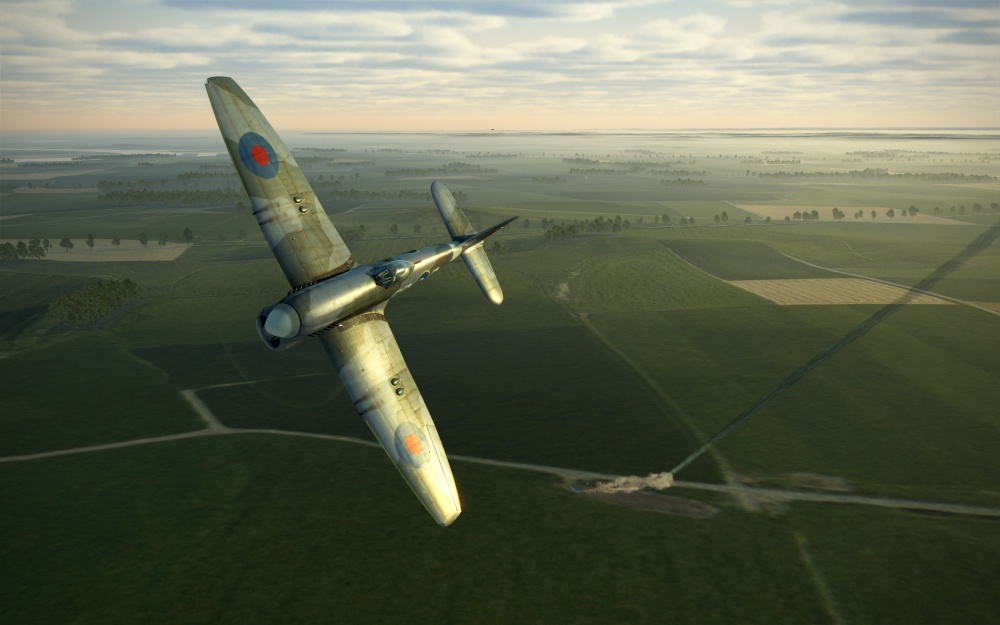




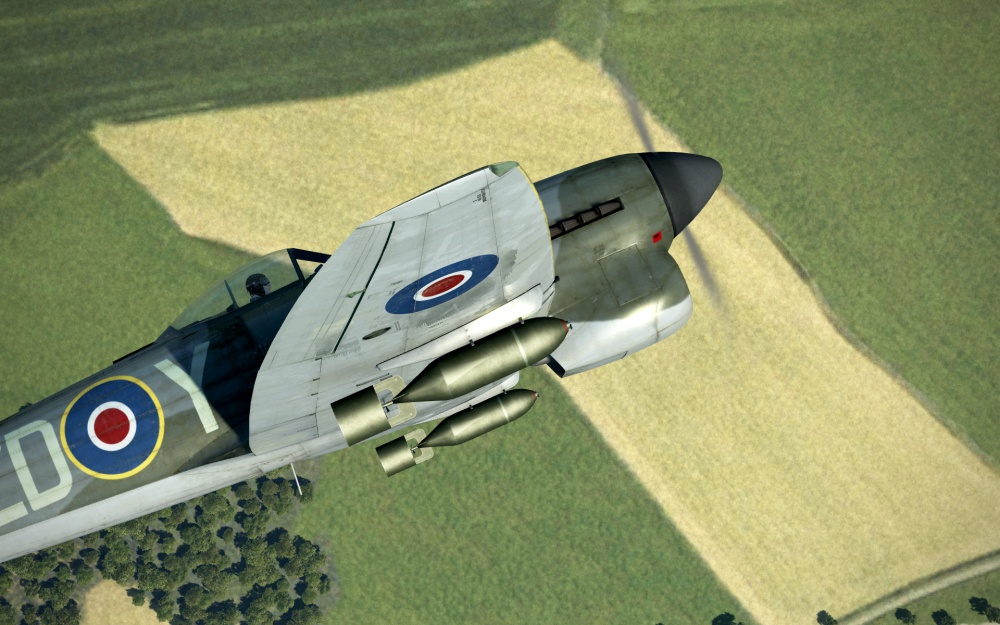
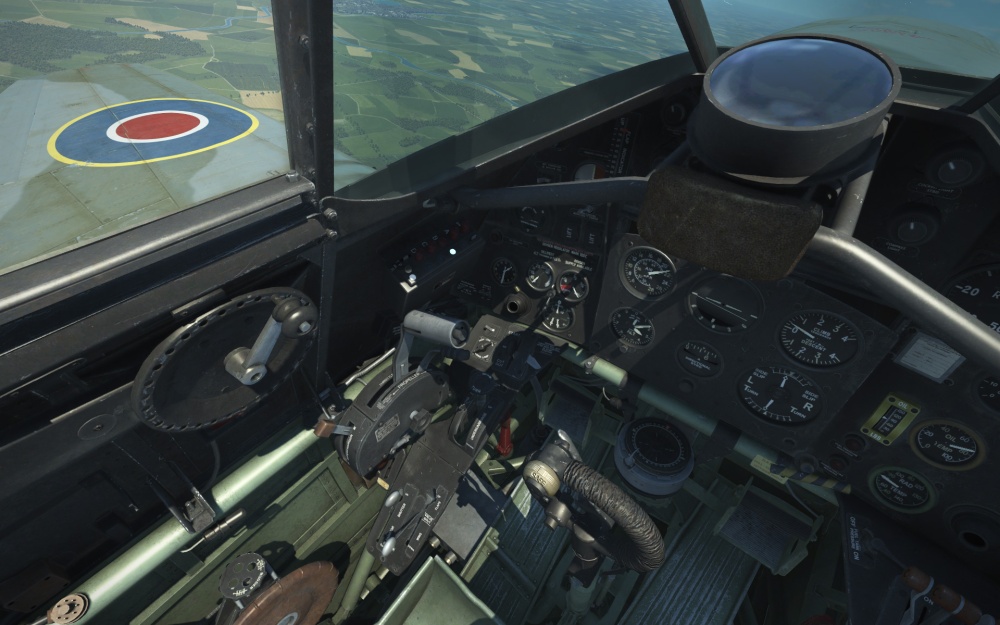
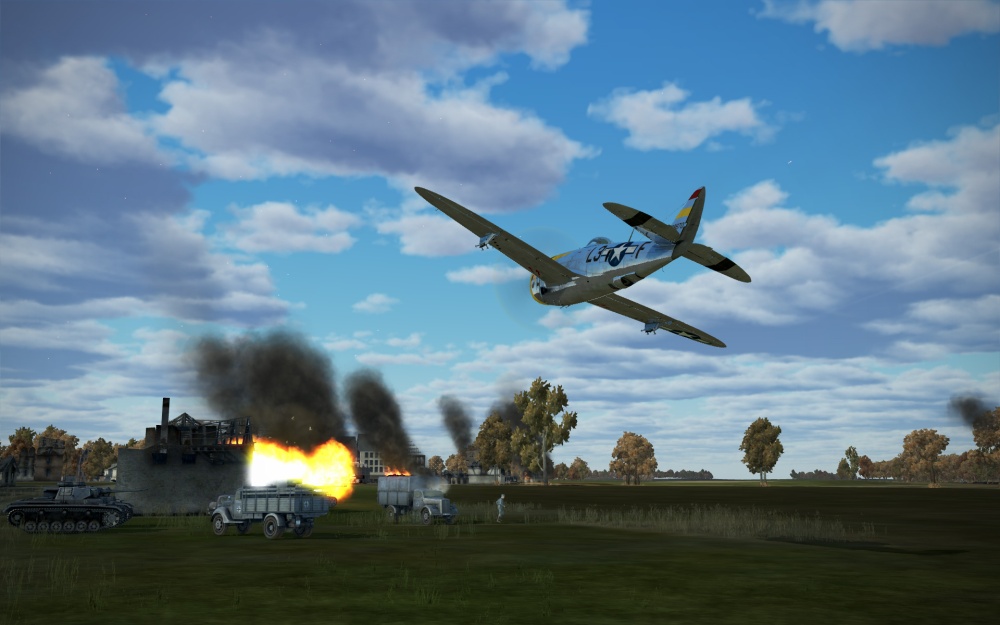


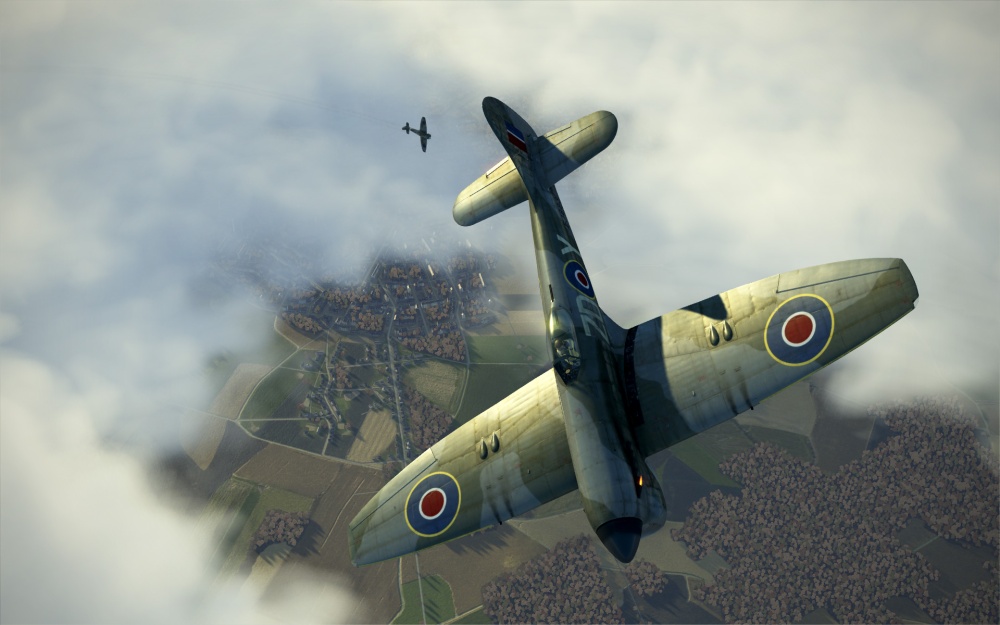
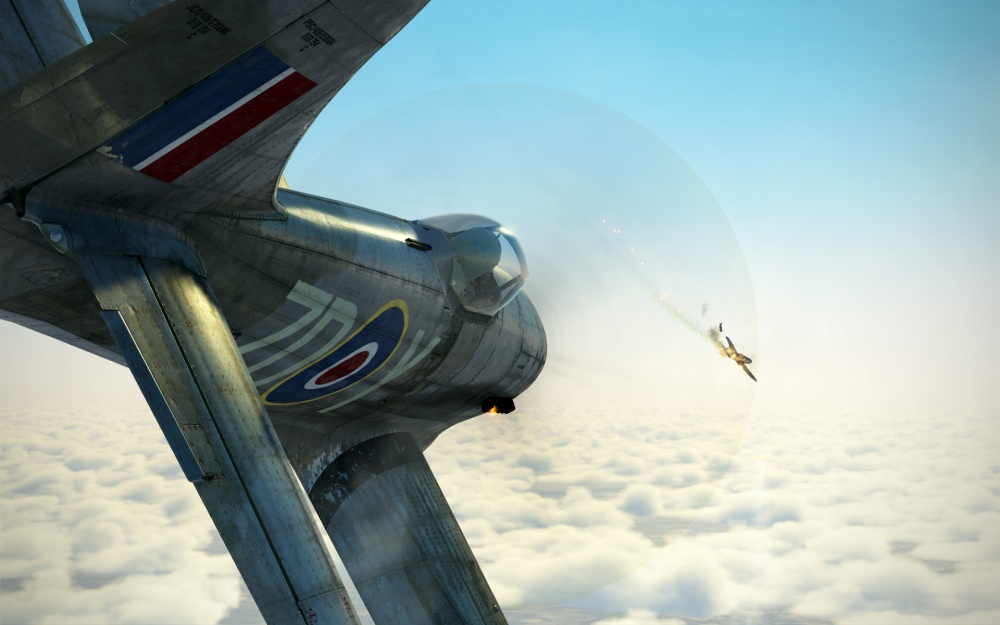





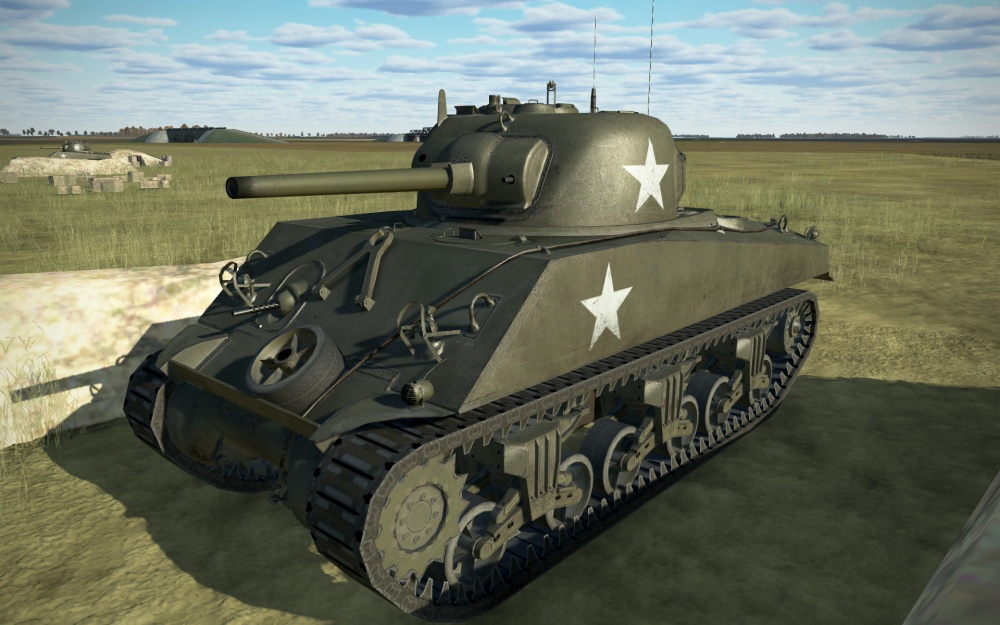




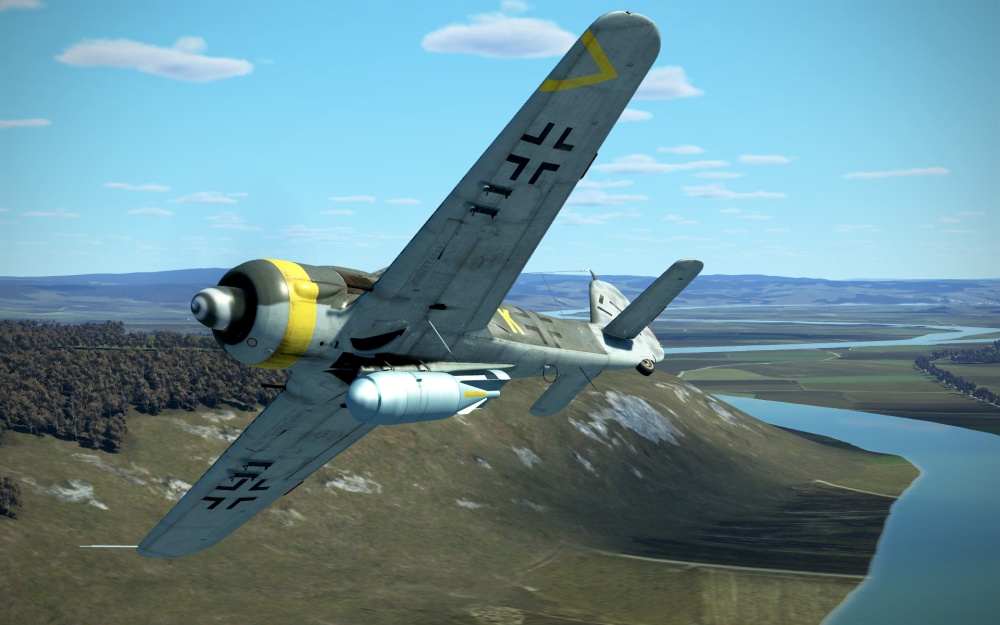
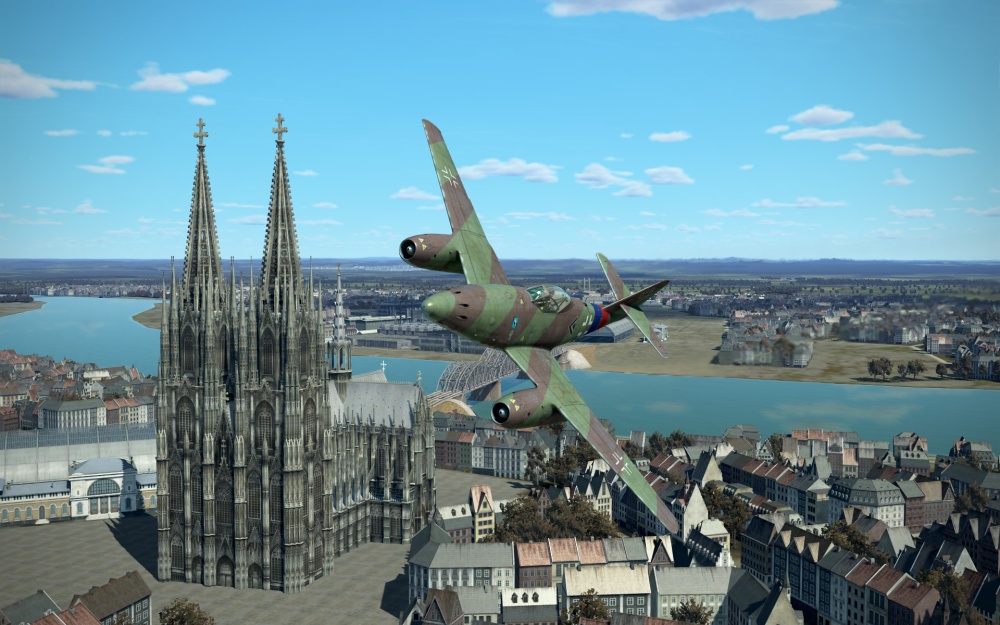

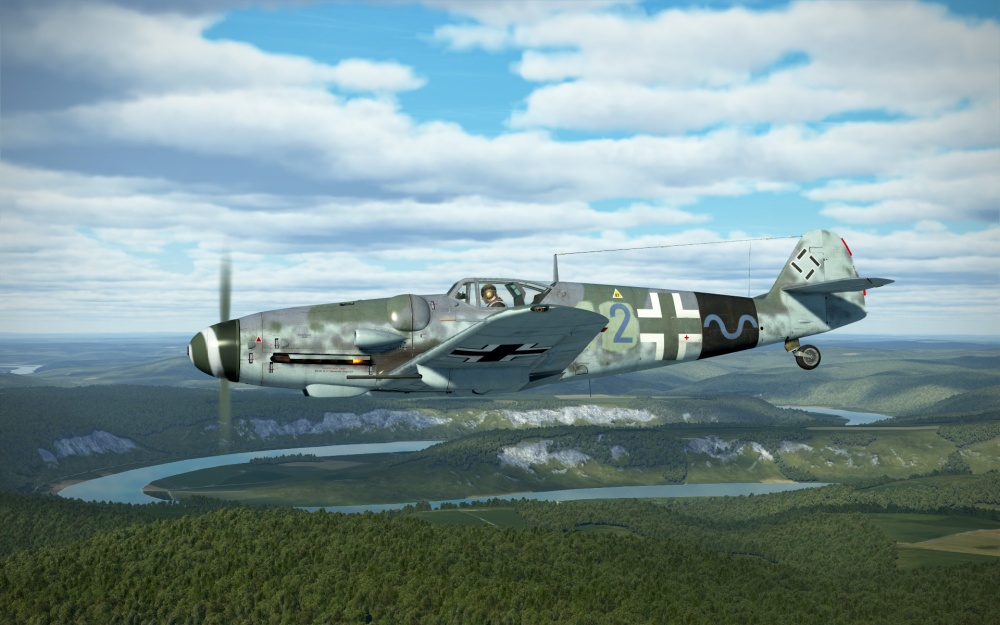


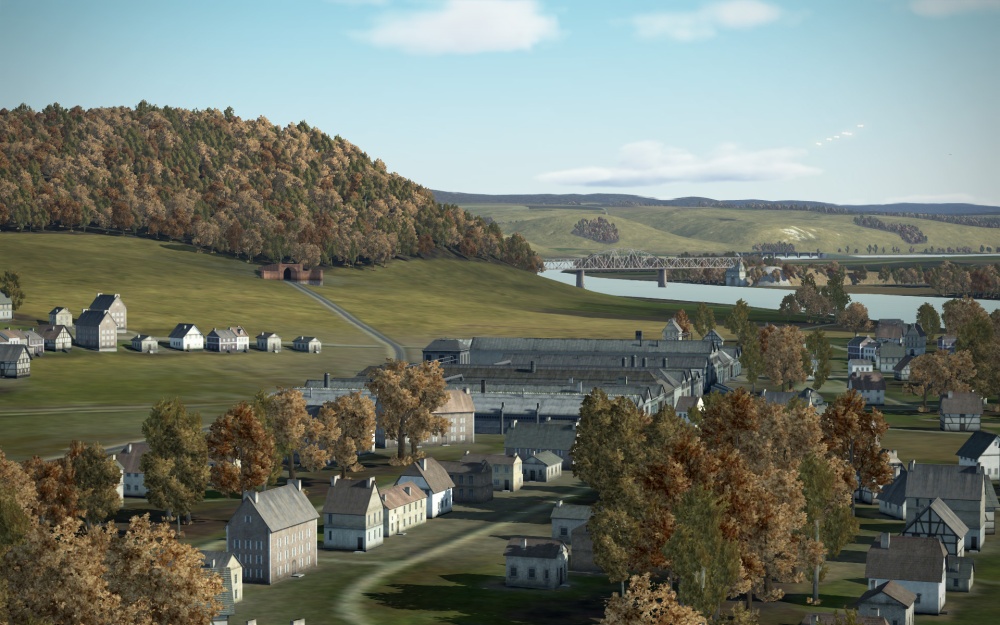



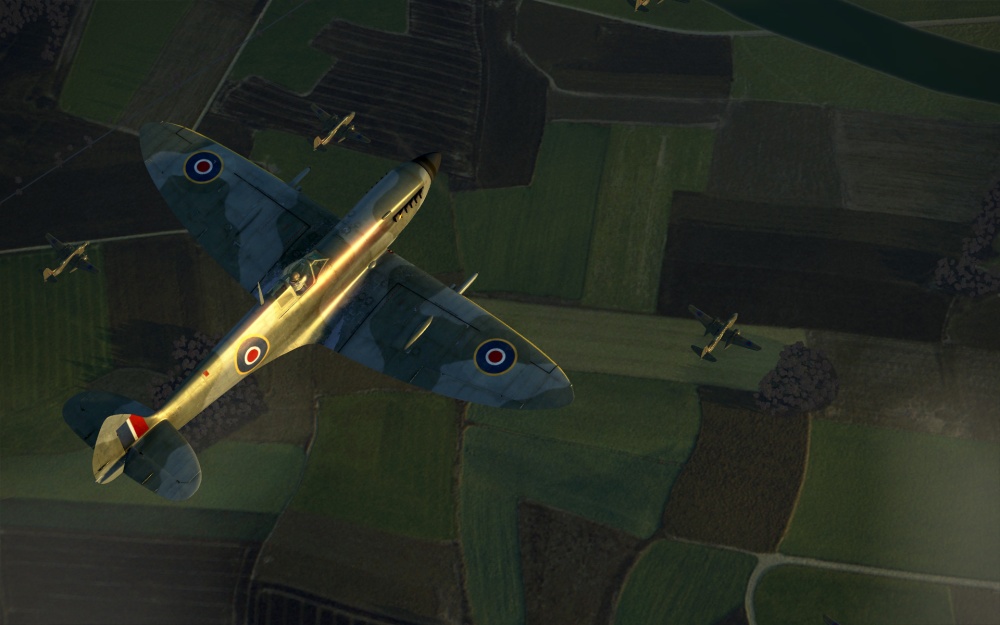

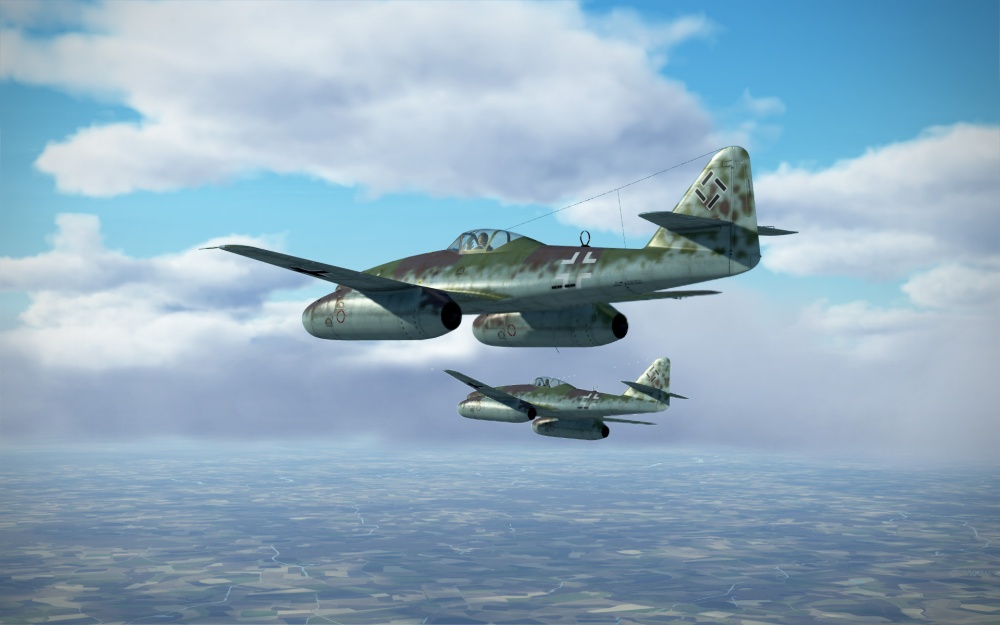
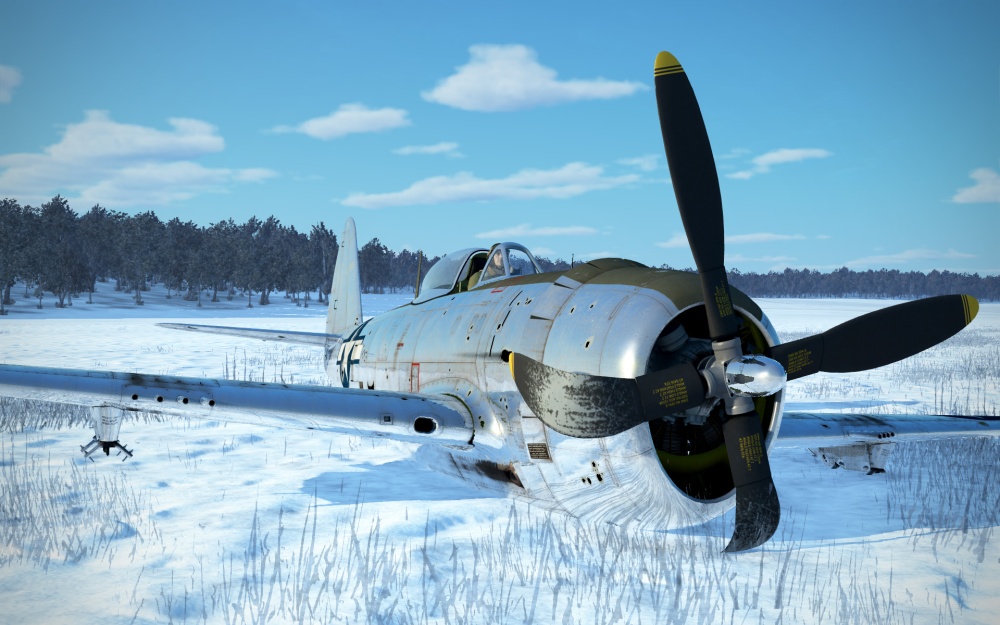





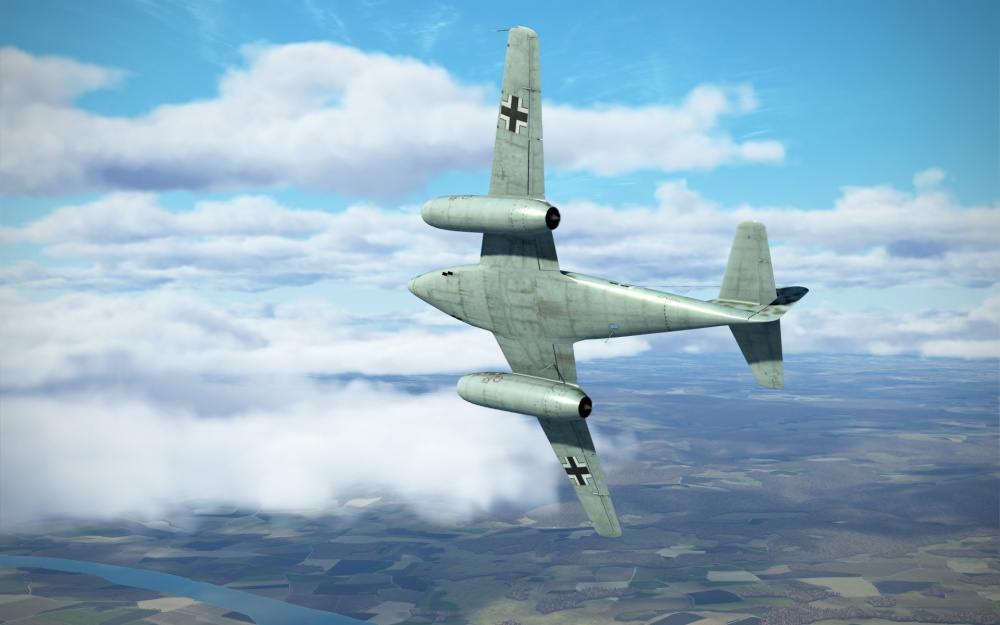


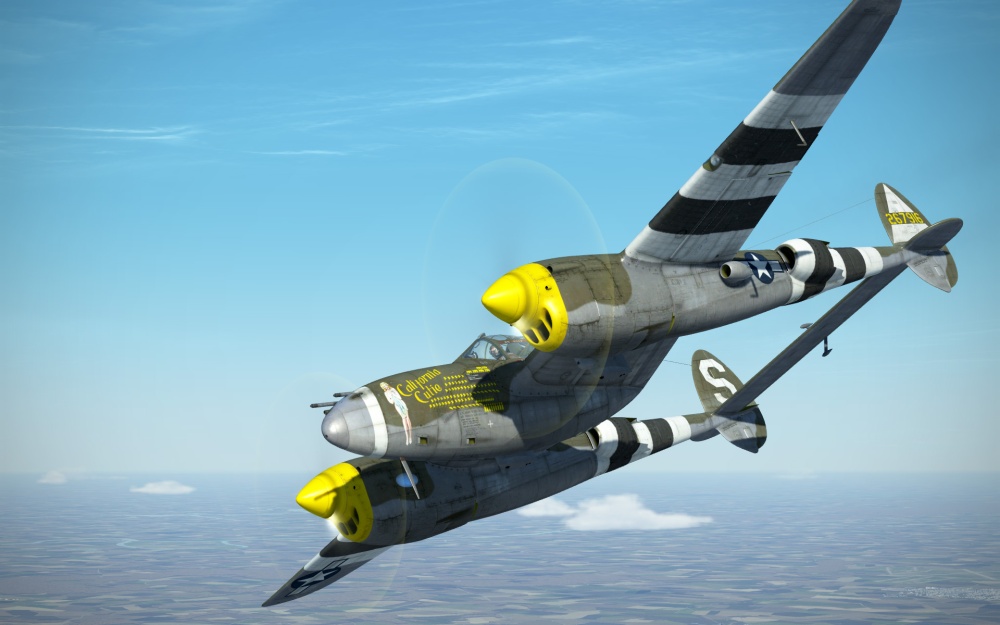










Fantastic review … as always !
Would be perfect as an article for a magazine like ‘PC Pilot’ to help increase the awareness of IL-2 GB.
Congrats
LikeLike
Good review. My big criticism would be sterility – I never feel threatened by the kind of flak that pilot accounts stress. Also, the AI is OK but still a bit rubbish post the initial 30 seconds.
You managed to keep your Tempest enthusiasm within reason! 😆
LikeLiked by 1 person
I did try and keep Tempest enthusiasm to a medium level. It’s still on the cover image 🙂
Regarding flak being dangerous. With difficulty set to high does the AI level of the flak go up? I’ve learned on TAW that flak can be absolutely devastating but that can also be very frustrating to pilots. Depends on the level of challenge desired.
LikeLike
Just played a few Autumn ‘44 Tempest mission. On ‘hard’ and ‘dense’ (which sounds a little risqué) the enemy AI was abysmal and flak looked pretty but achieved very little.
Ho hum.
LikeLike
Excellent review! Now only the aircraft gazetteer is missing, to see what you think of the planes.
LikeLike
Excellent review, and highlights why I continue to support the 1CGS team over the years and spend countless hours on this sim.
Simfan is right, it’s a shame this review doesn’t appear in PC Pilot or even more mainstream magazines. For lovers of aviation and history, IL-2 GB is just just a game, it’s an incredible experience that we’re very lucky to have available!
LikeLiked by 1 person
I couldn’t have said it any better – overall an excellent review!
I agree with you that the terrain tiles do look a bit repetitive, especially with the autumn map.
But by and large, I think BoP is a great extension to a great flight sim.
LikeLiked by 1 person
Nice and honest review! I agree almost entirelly with all the points above. My only grip is still carrer mode – after flying for years in Falcon-verse I found it very ‘shallow’ and unfortunatelly hardly entertaining. By the way – you have mentioned Falcon BMS – have you had an opportunity to fly it? I really recommend to check it out and perhaps put some light on it, here, on StormBirds?
LikeLiked by 1 person
Falcon 4 and BMS … indeed, made me really fall in love with flight-simming.
It would be nice to compare to (incomplete) DCS F16C experience against what BMS has to offer.
Unfortunately I cant sice I am not that much of an expert … I just enjoy the ride 🙂
LikeLike
Nice résumé 😉 maybe missing : one word regarding tank crew. Even if the topic is fly sim. The way this opus is borned is quite funny and the result is impressive
LikeLike
Amazing review, I´ve just bought it and I find your review really well done.
LikeLike
Thanks. Enjoyable read which cleared up a couple of issues for me.
I am hoping to improve my skills enough to go multiplayer if I can find an active server in Australia.
All the best.
LikeLiked by 1 person
Hi Chris,
Glad this was helpful for you! I hear that The Unprofessionals is a very good IL-2 multiplayer server that is Australian based. More information about their server, their Discord community and more here: https://forum.il2sturmovik.com/topic/31110-the-unprofessionals-australian-based-pvp-server-with-ai/
LikeLike